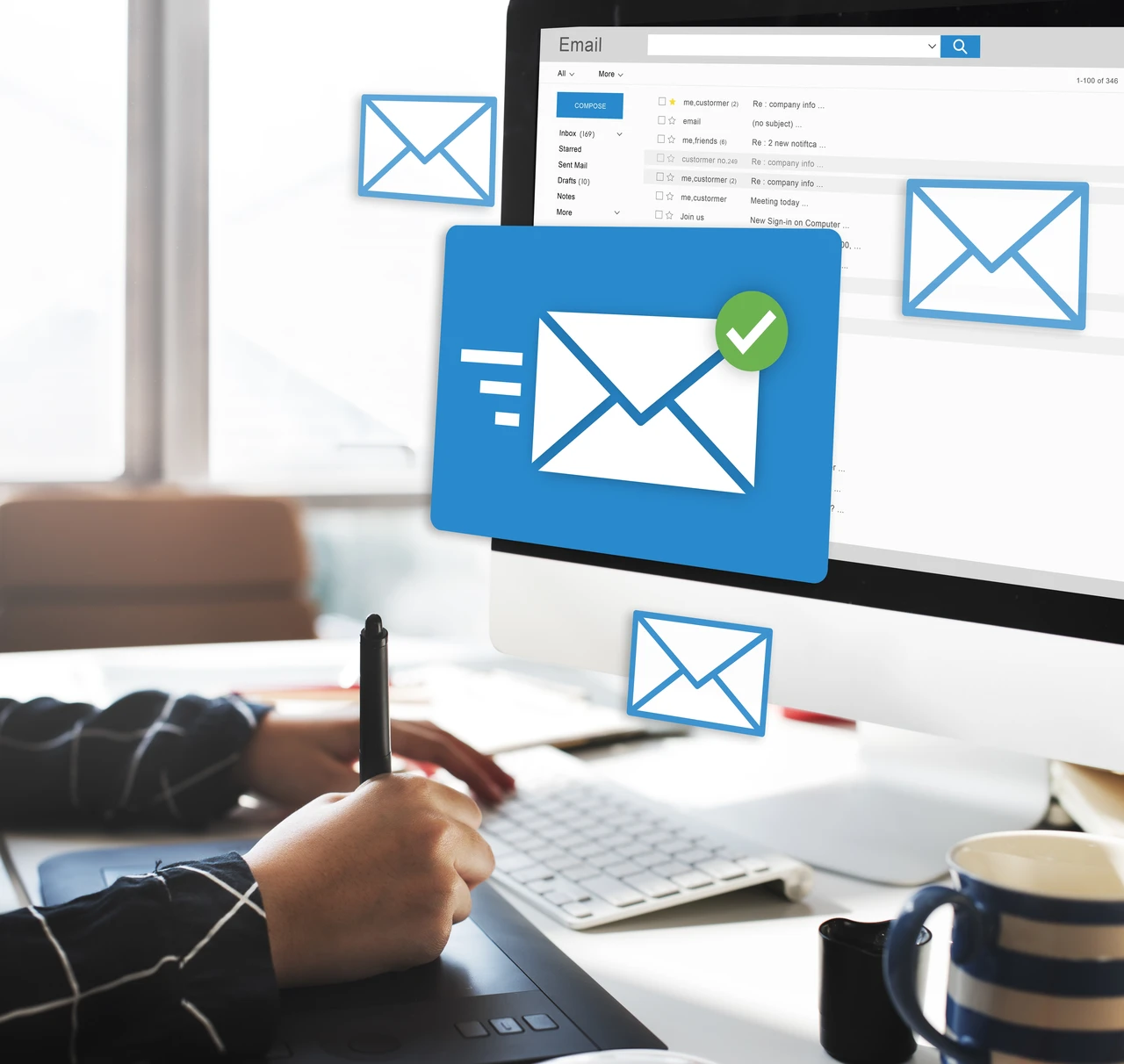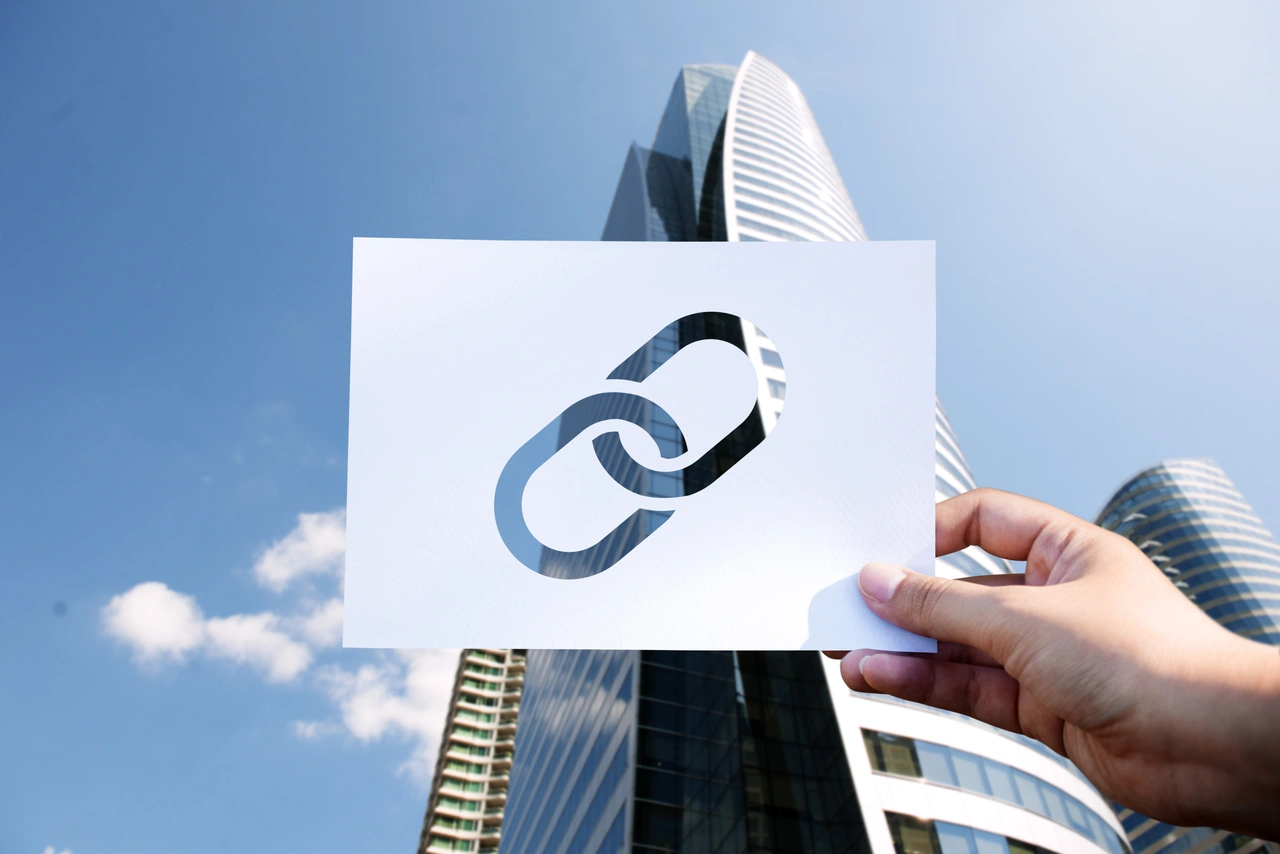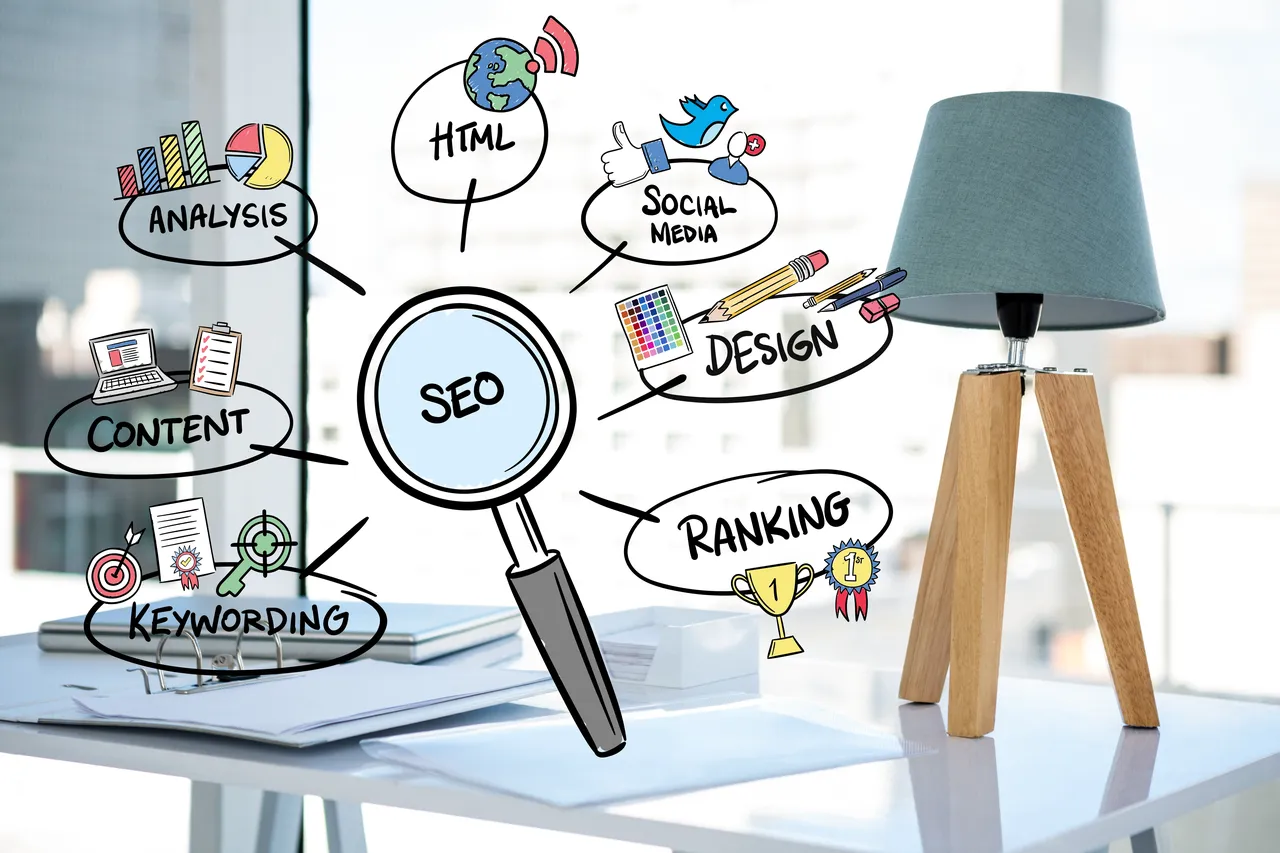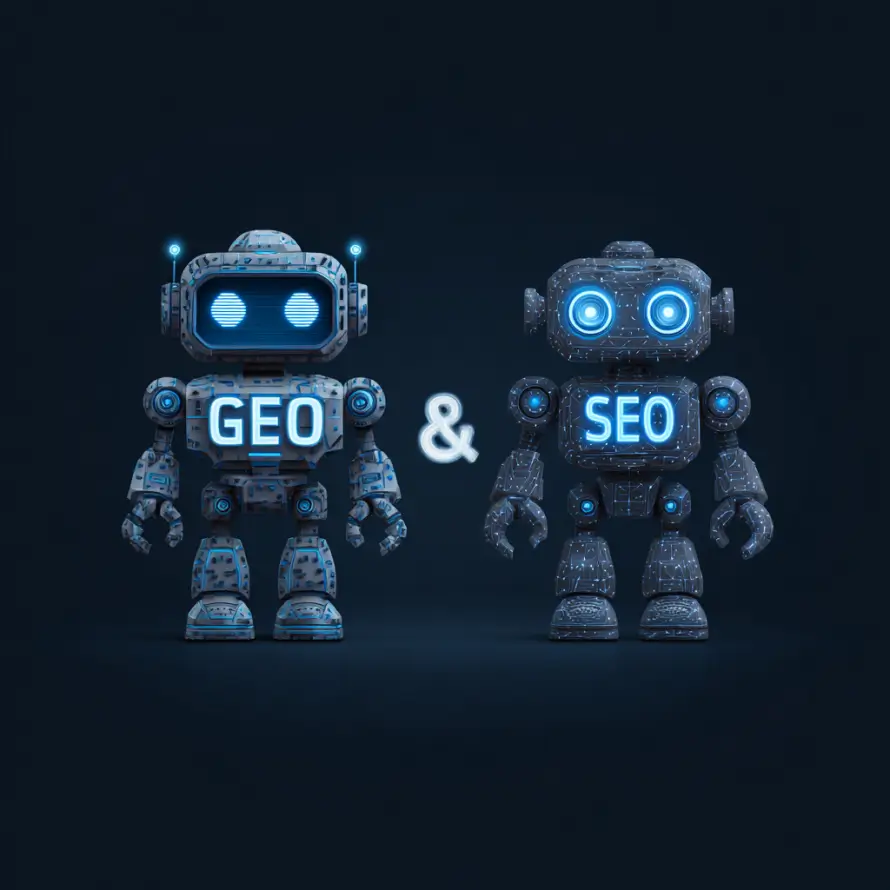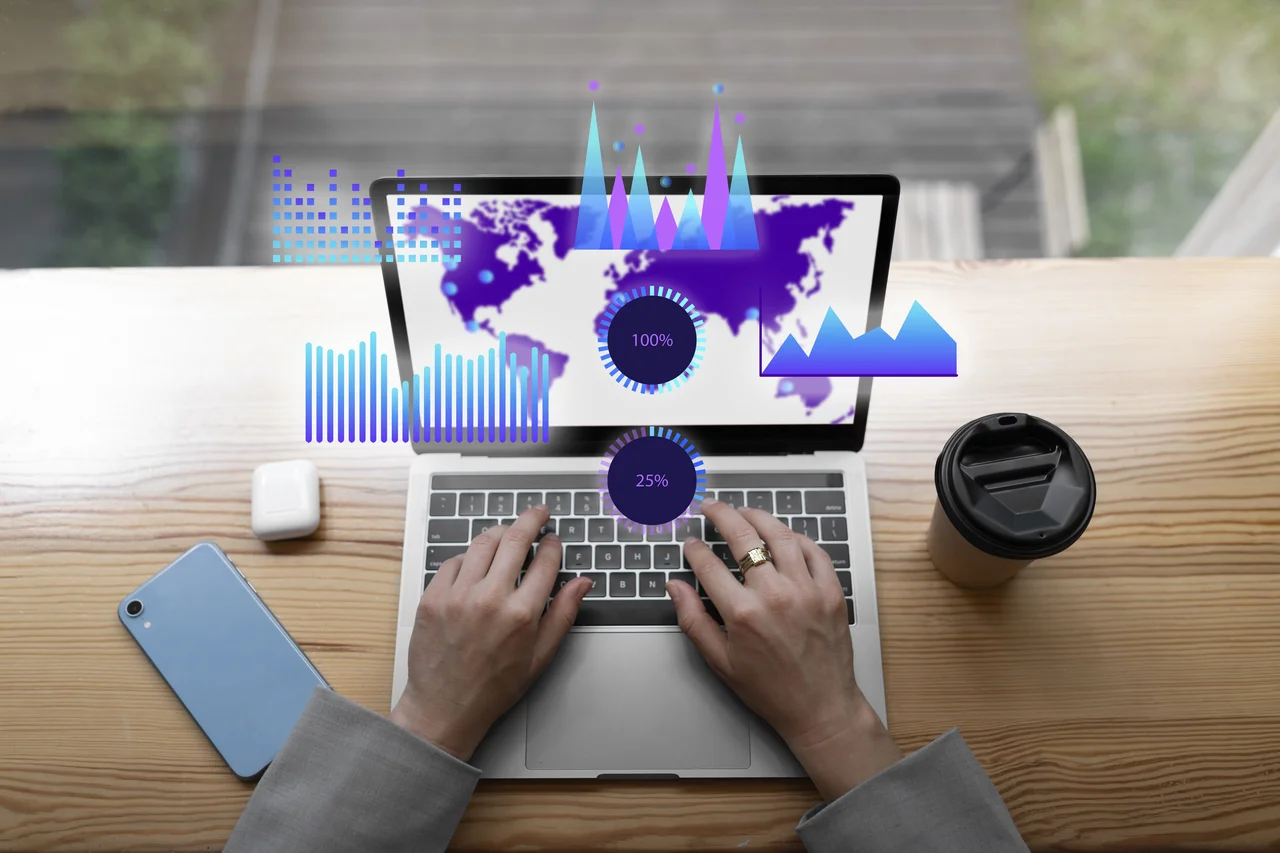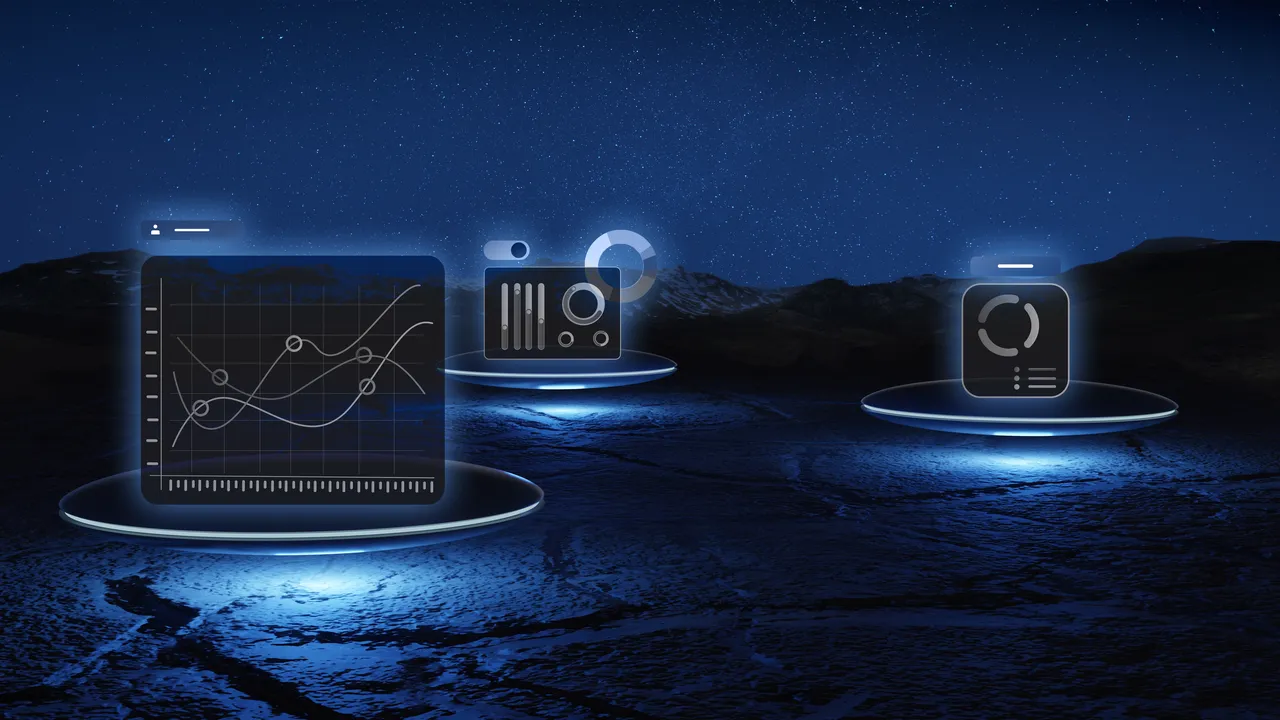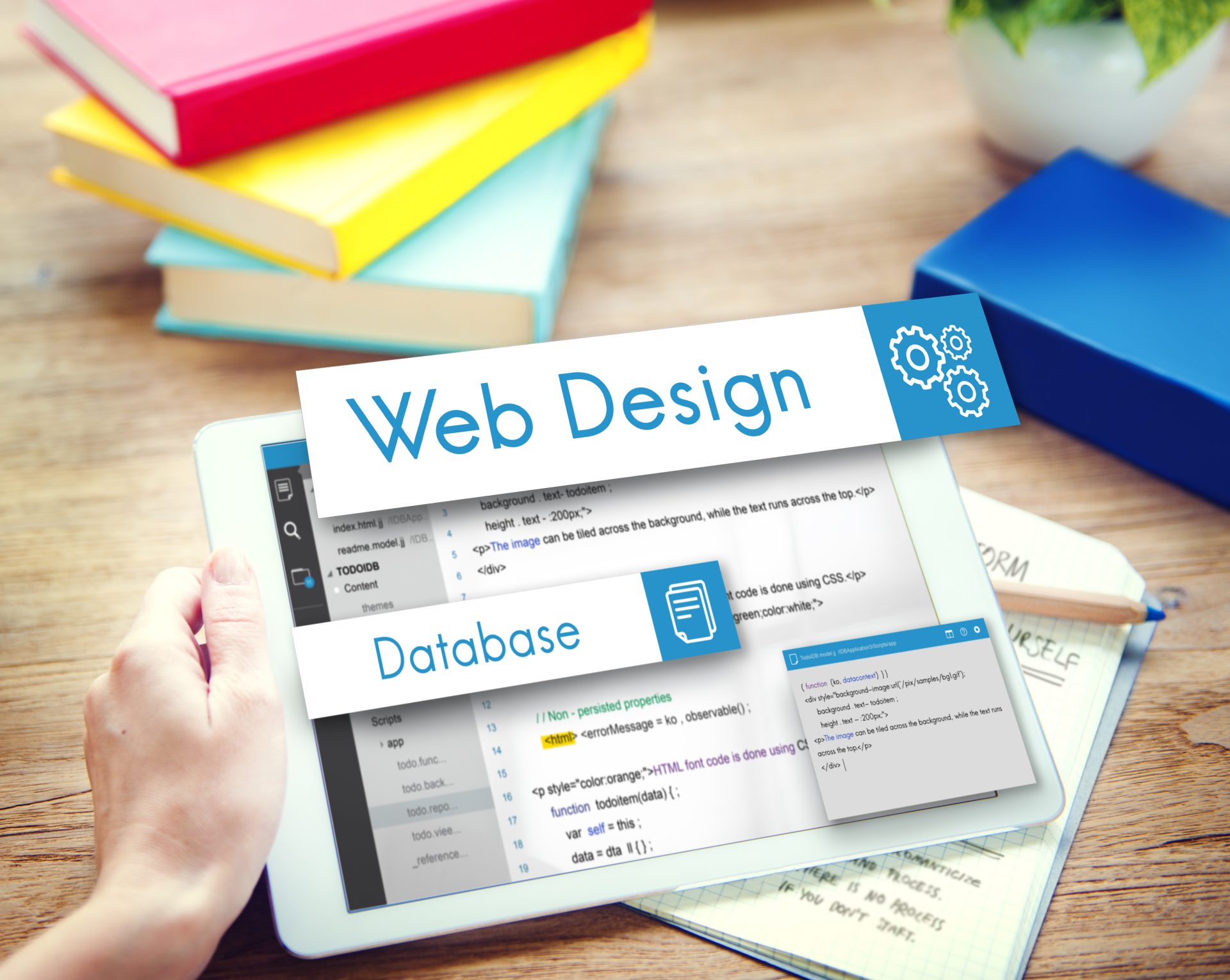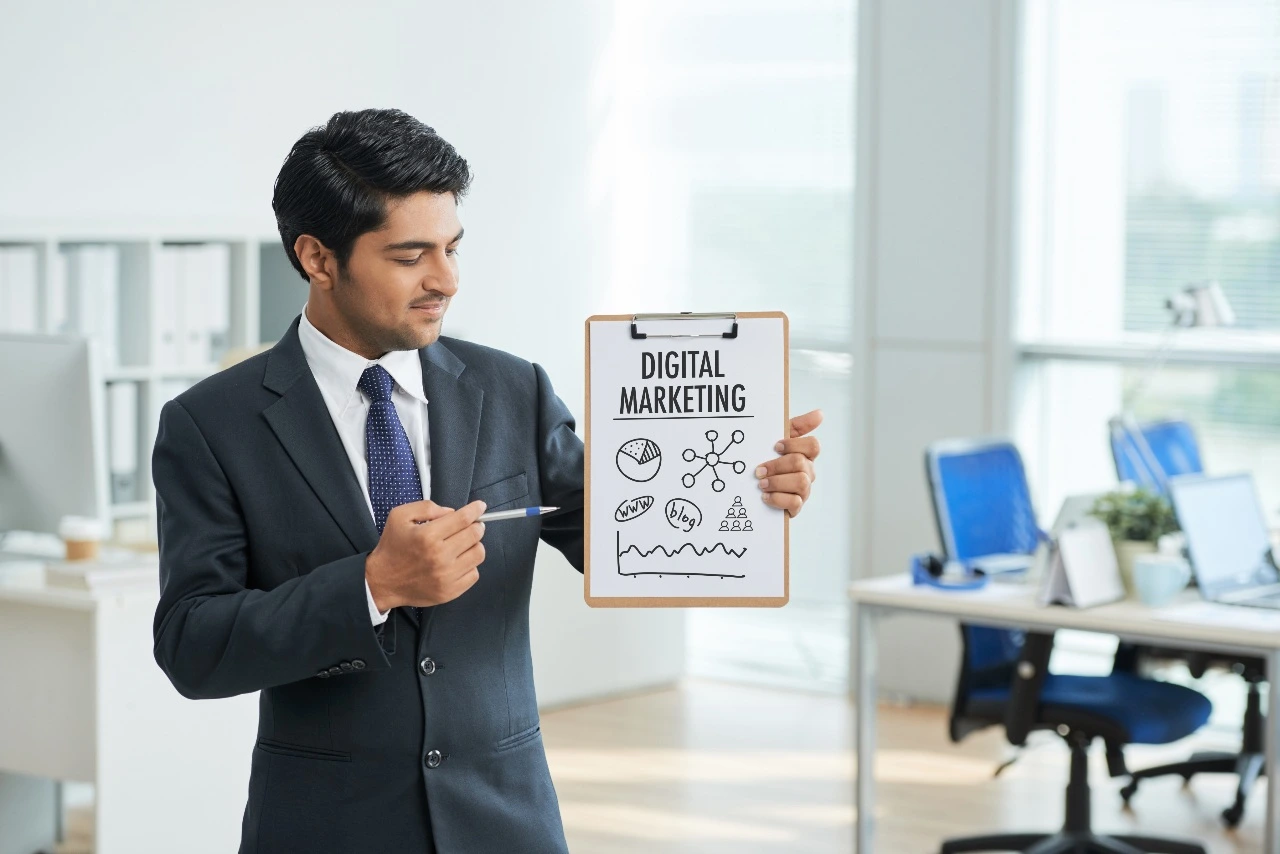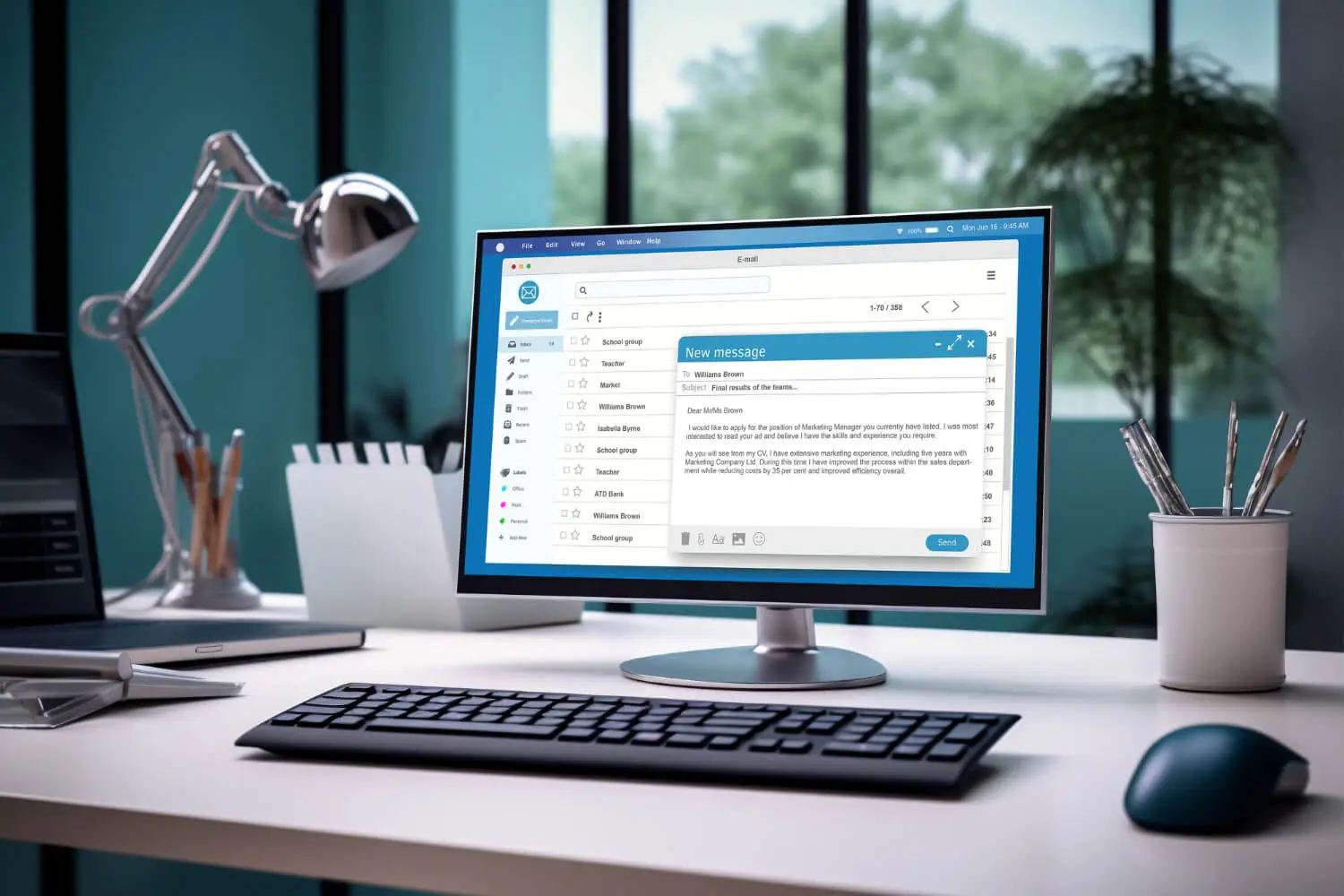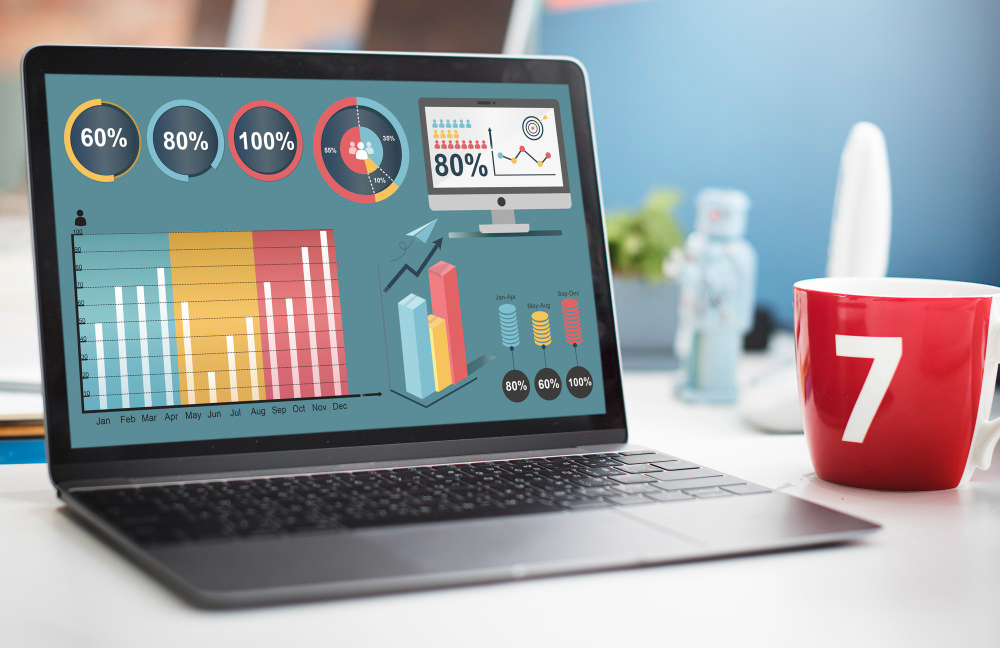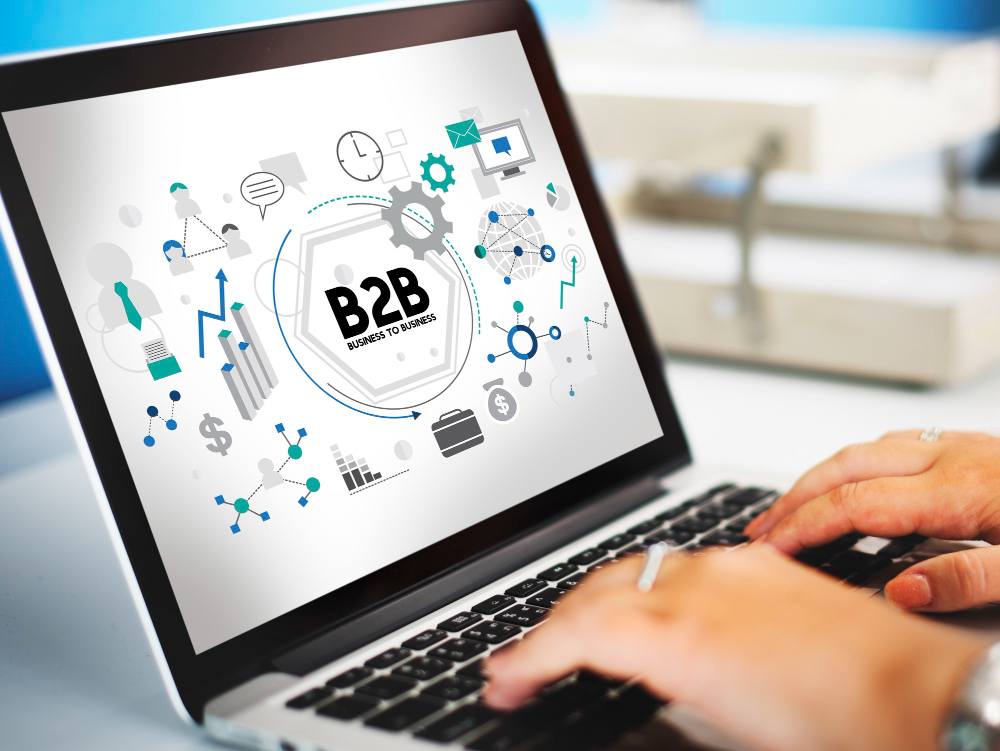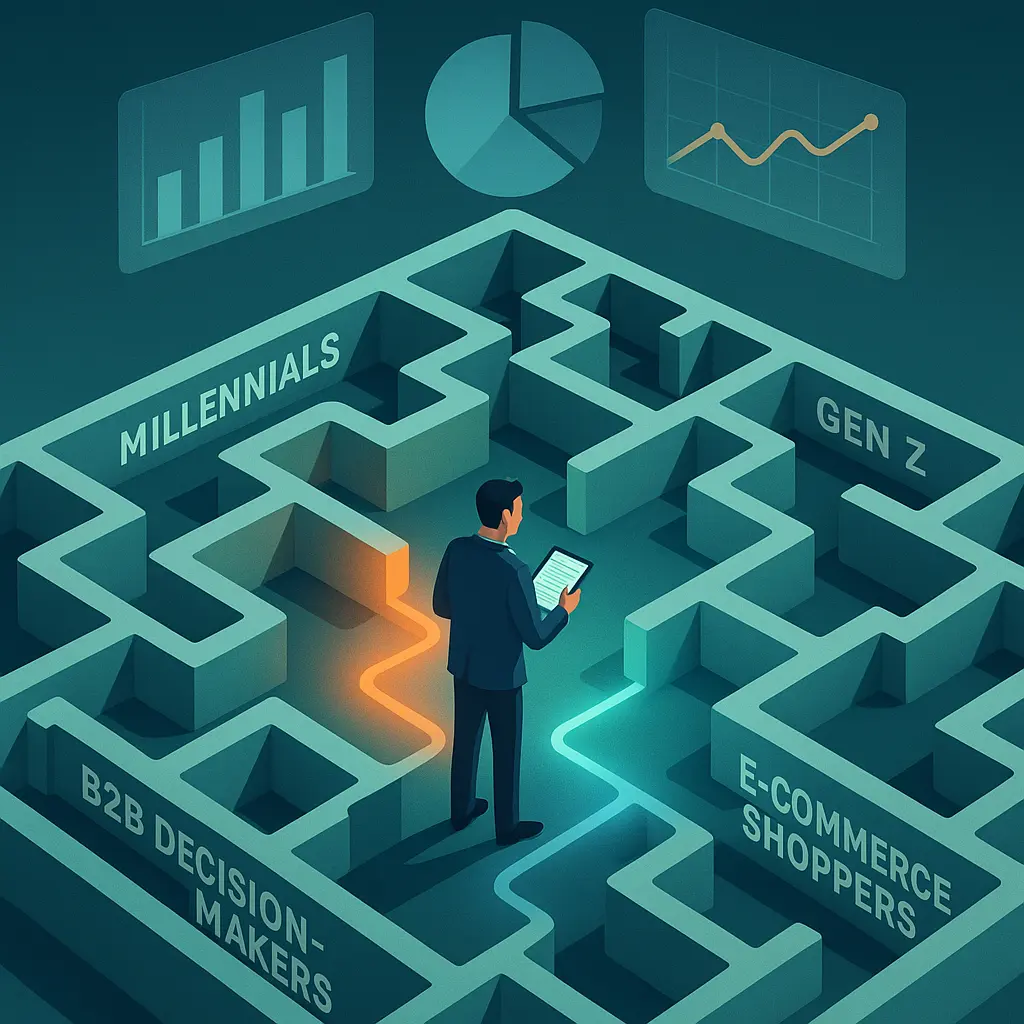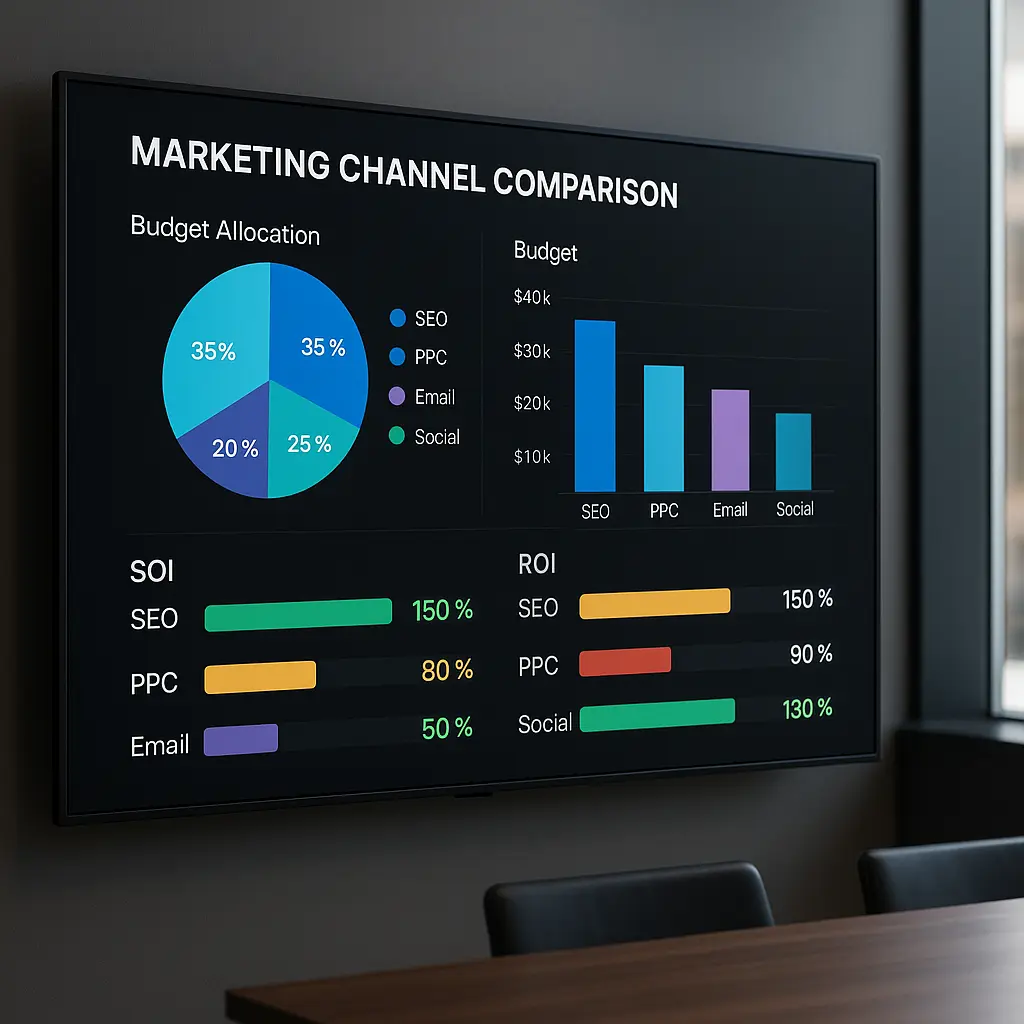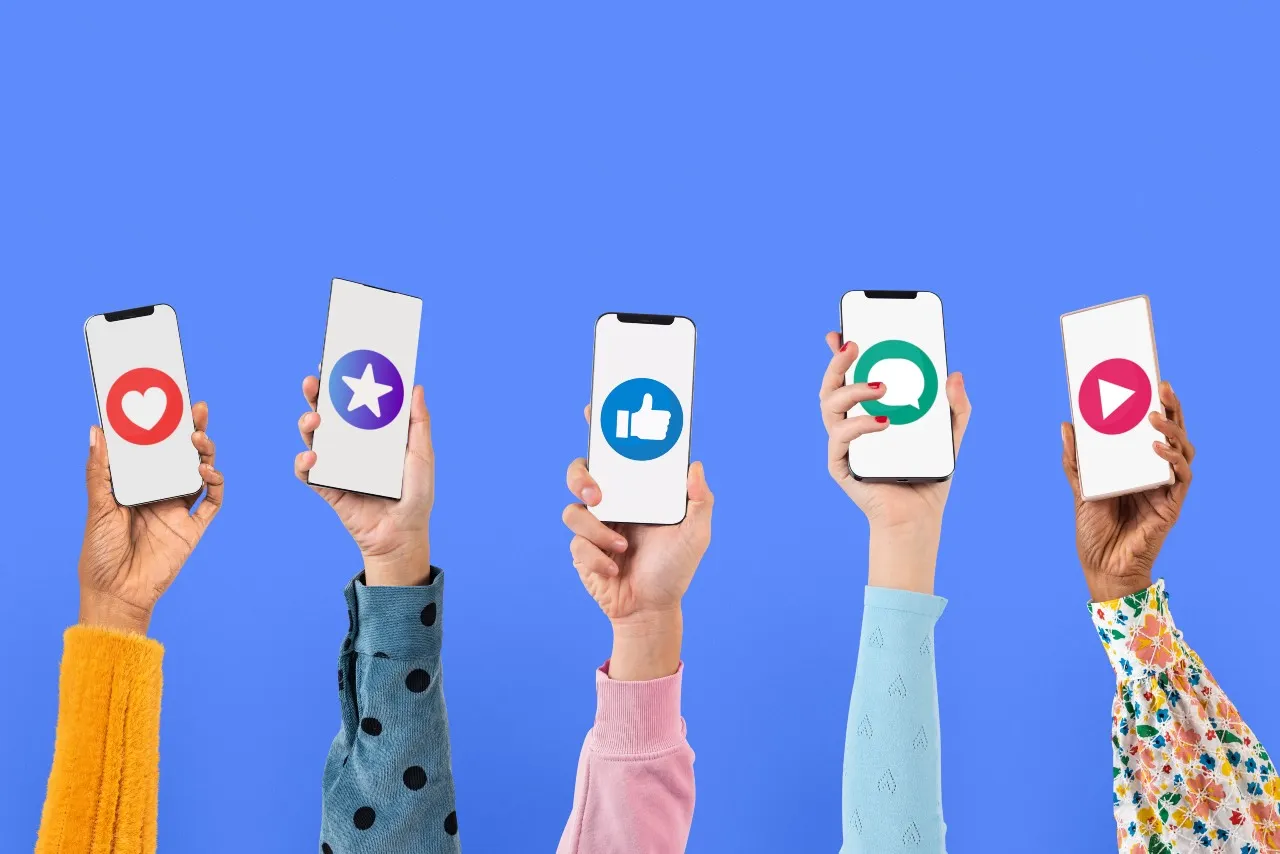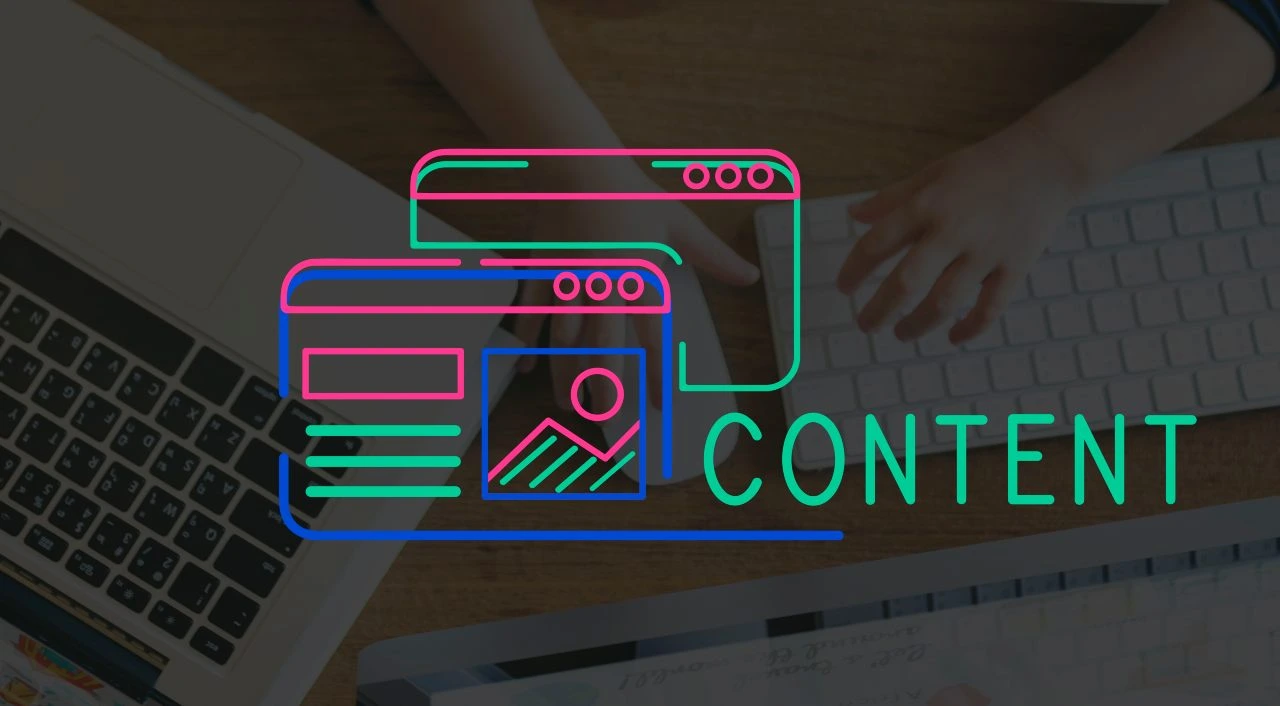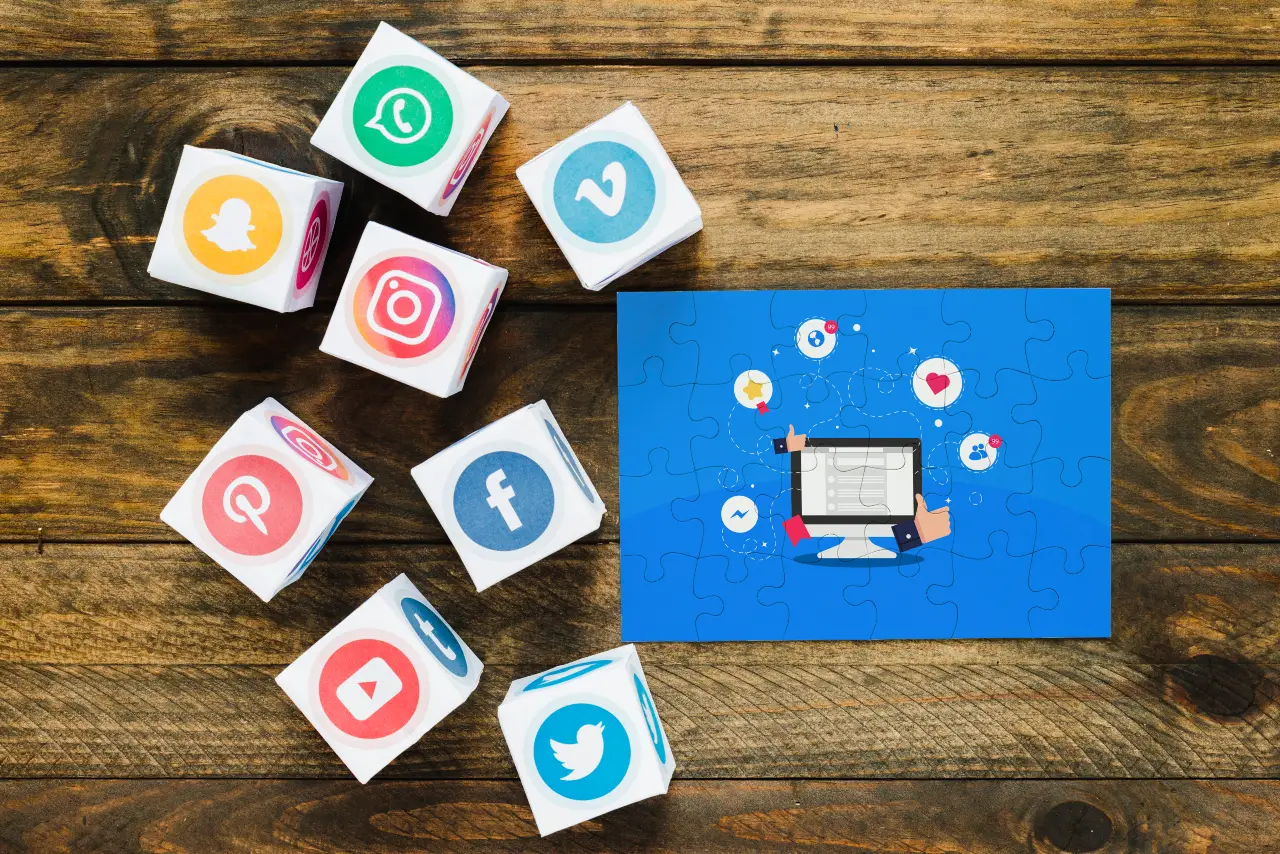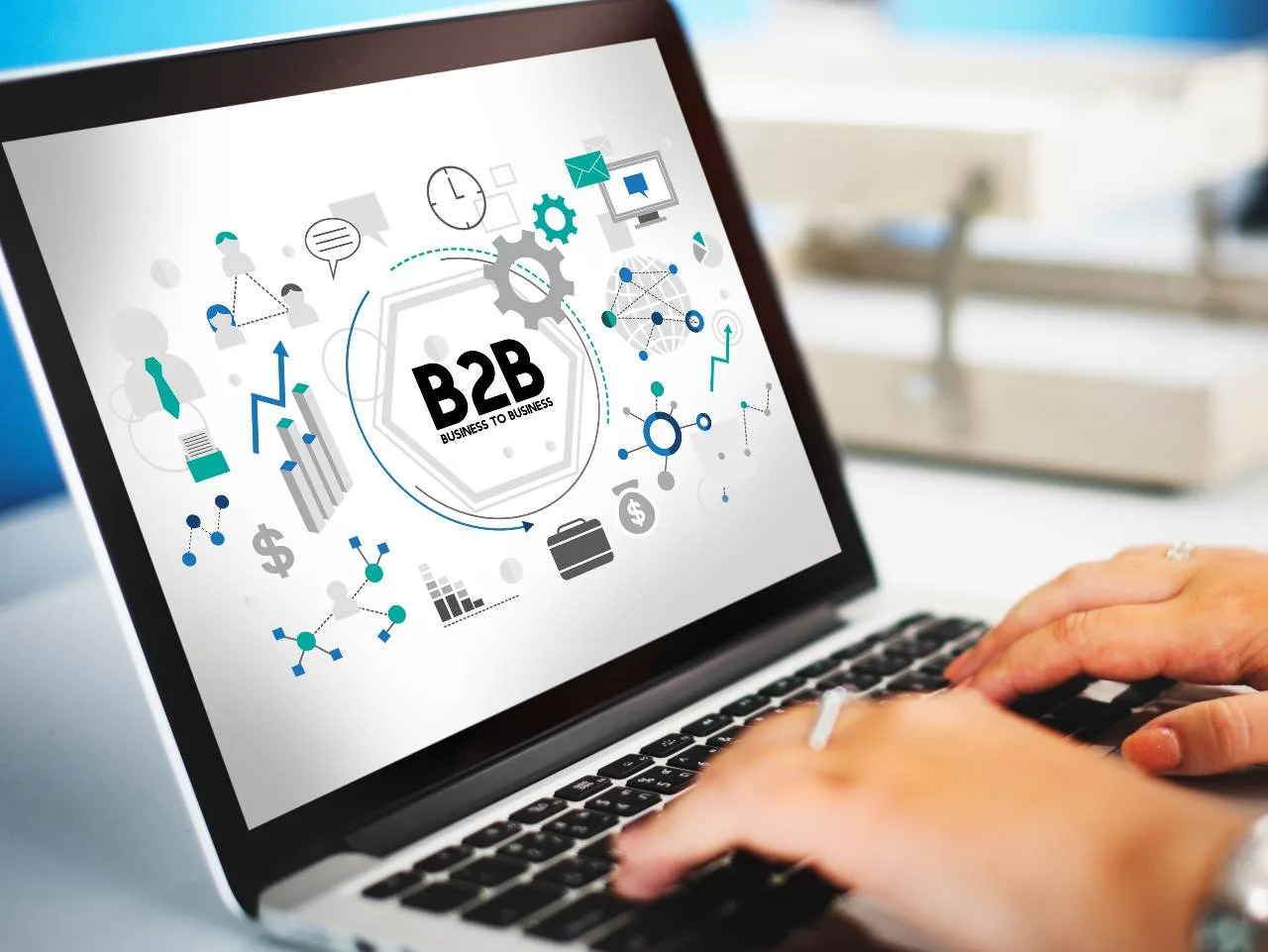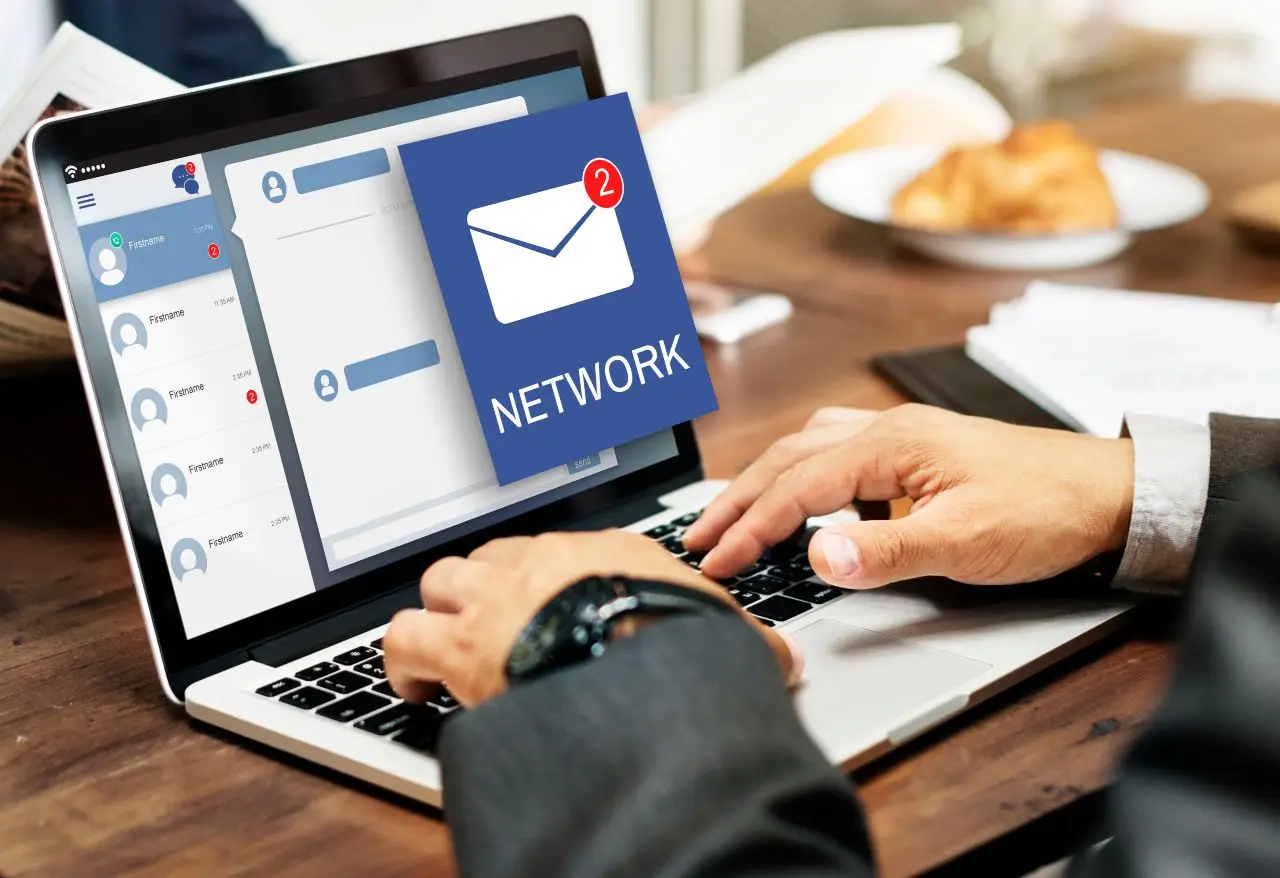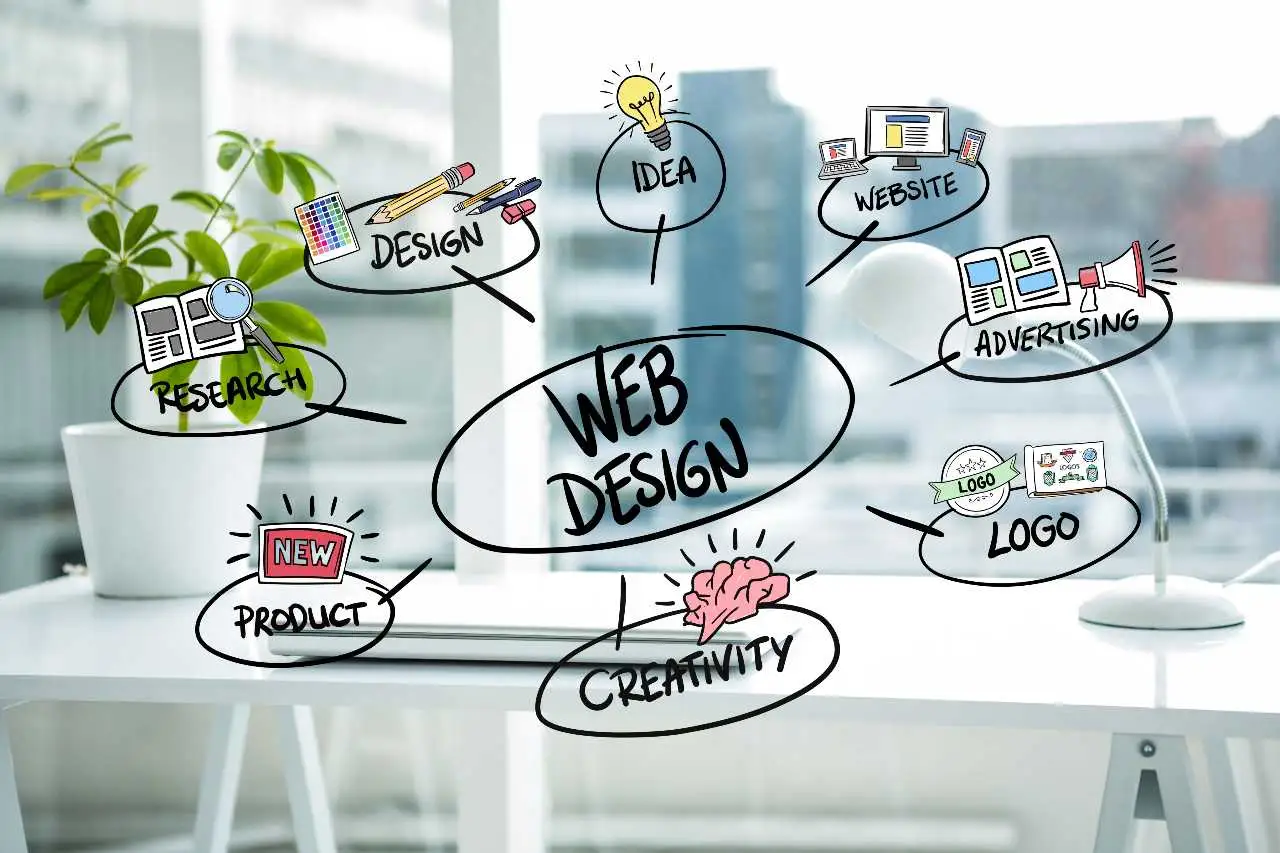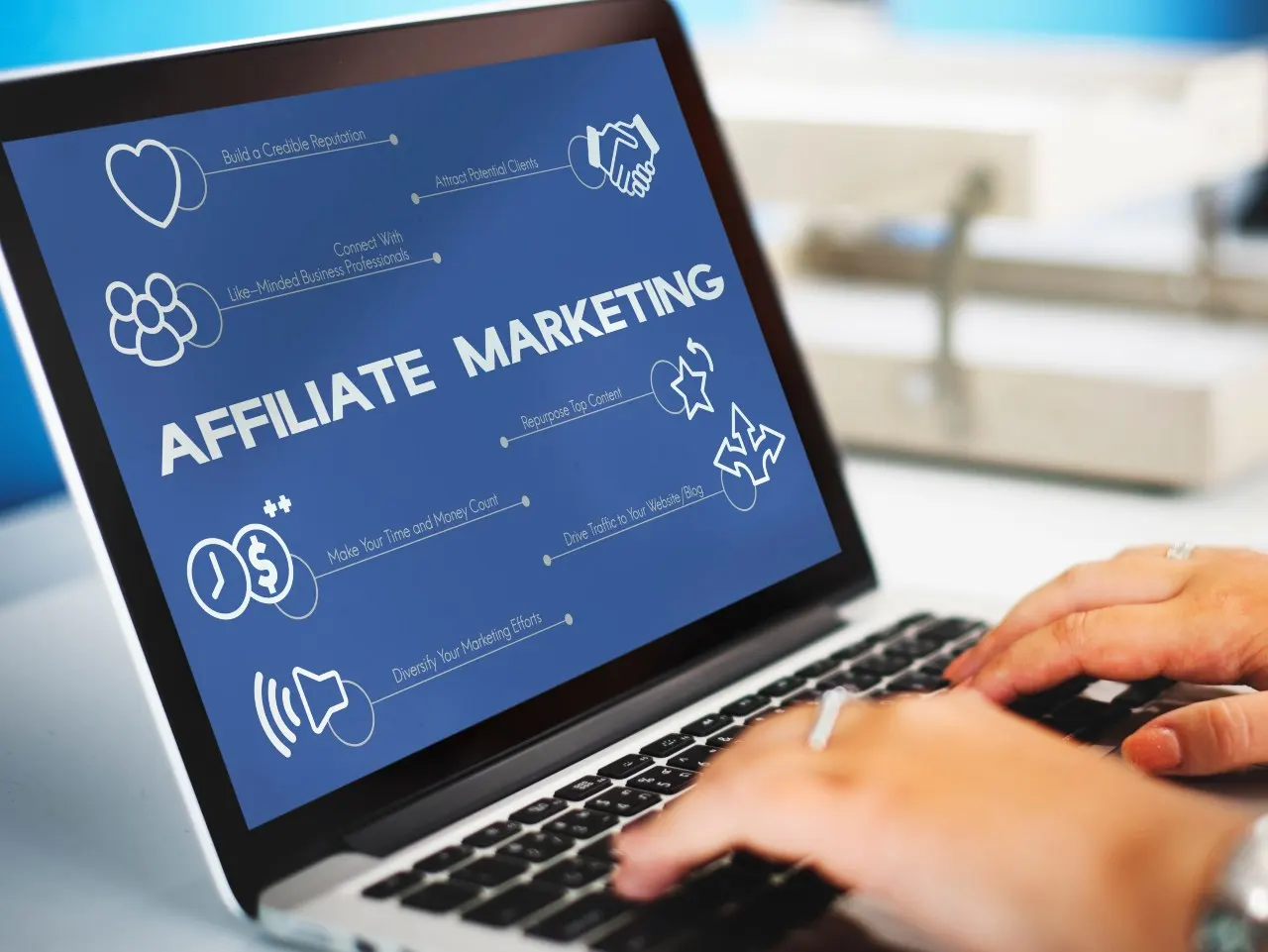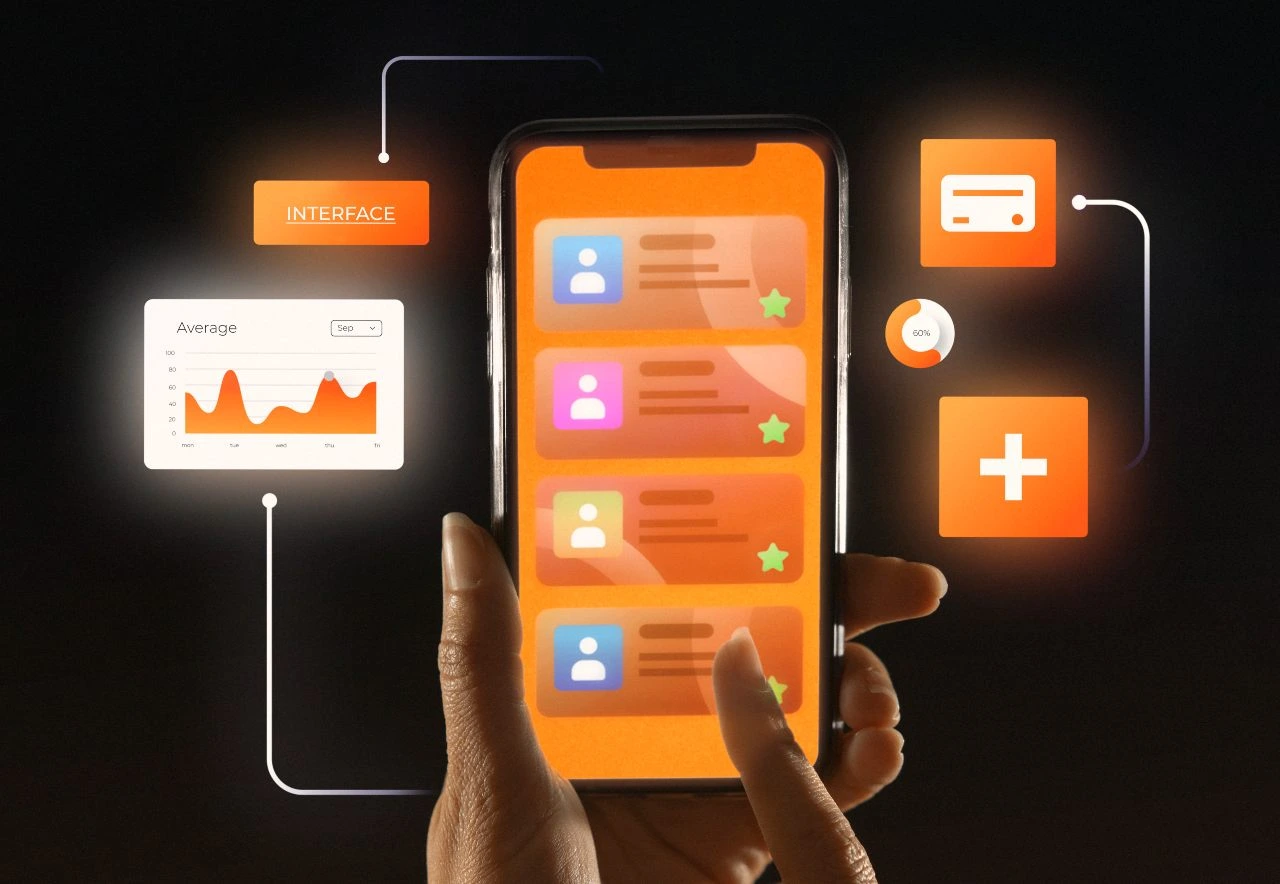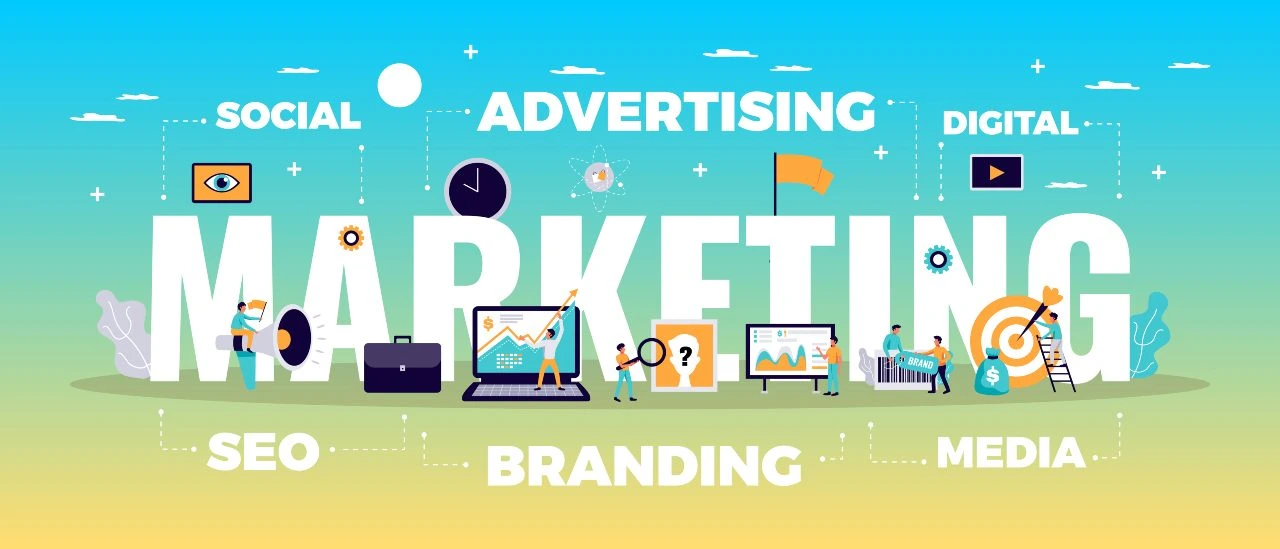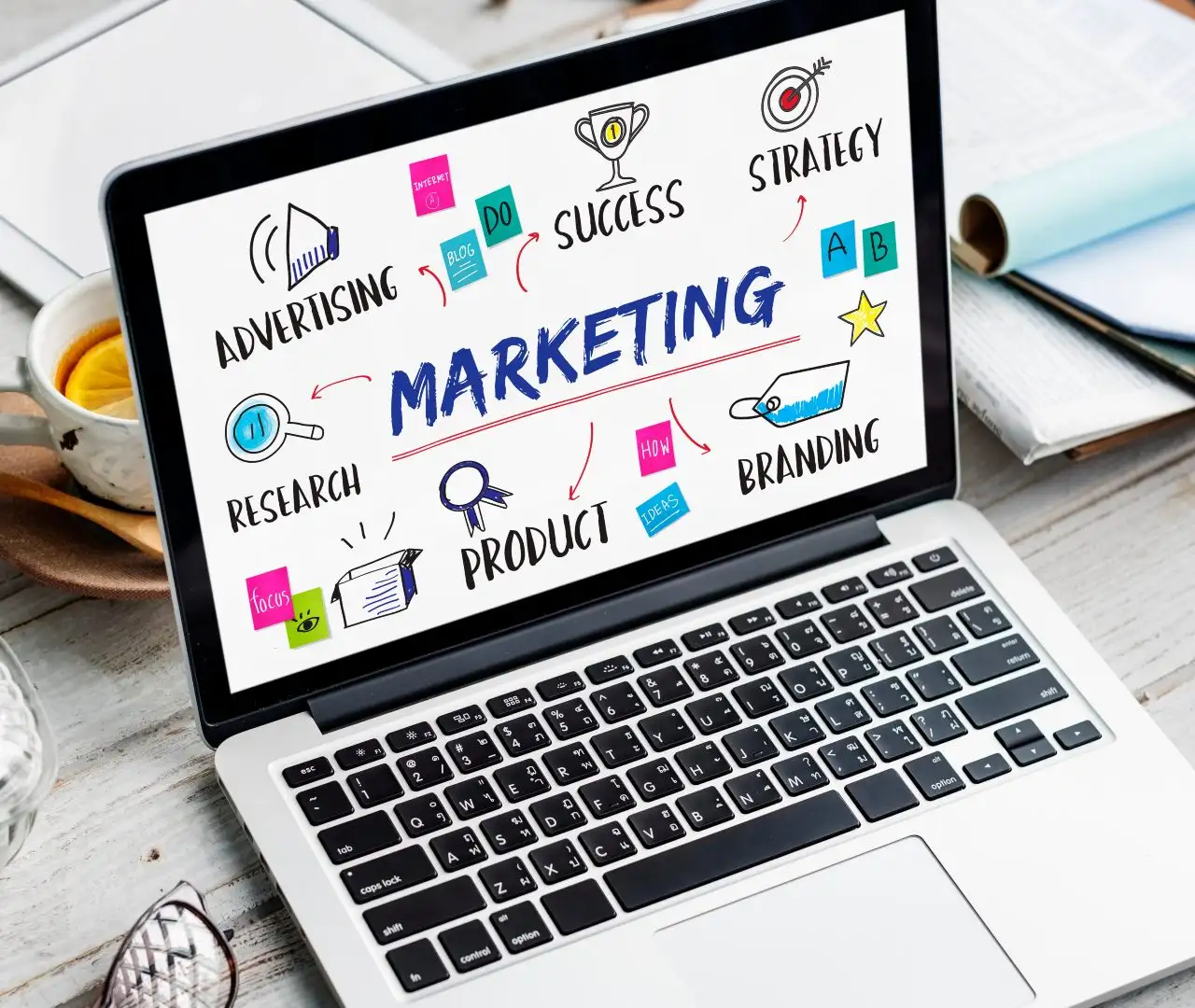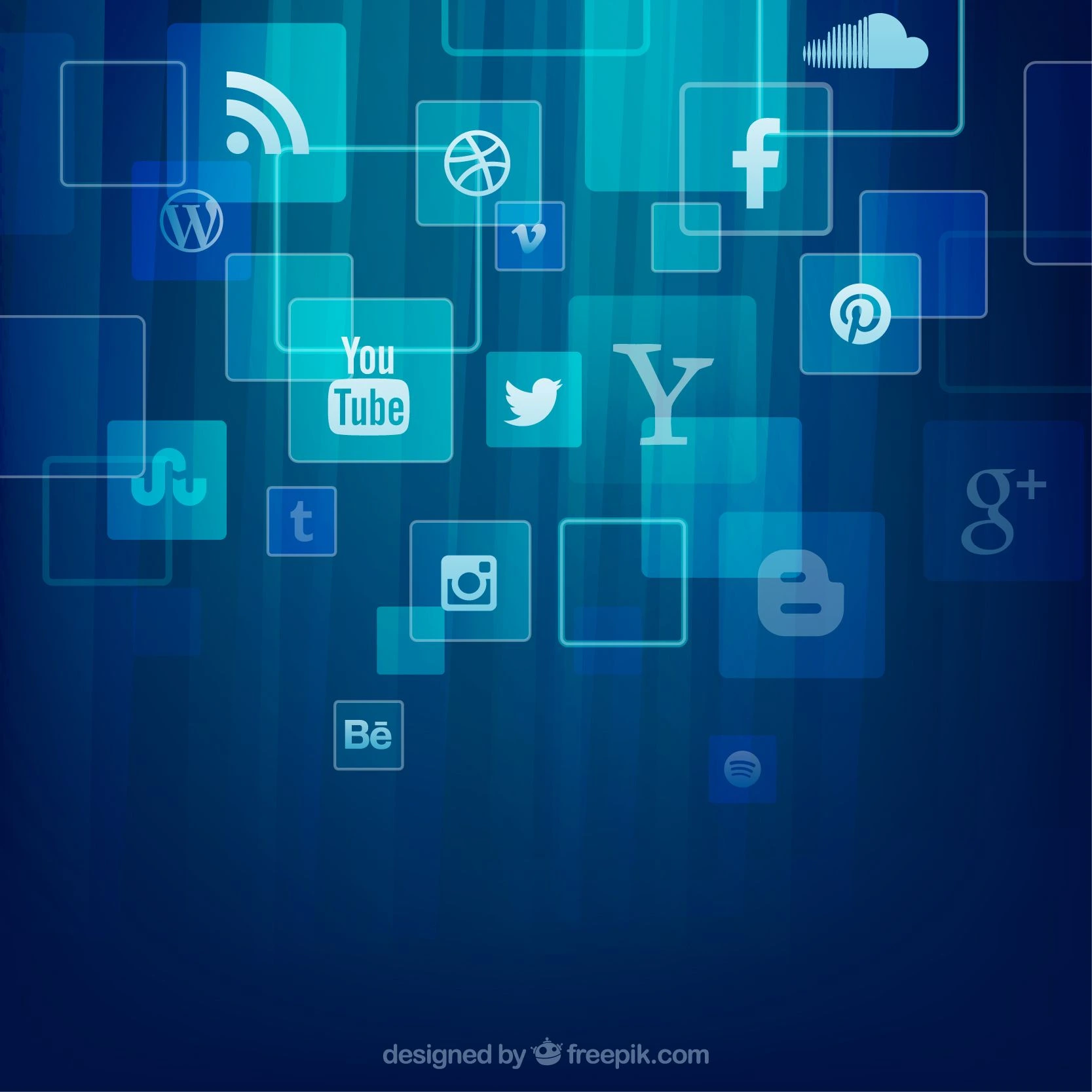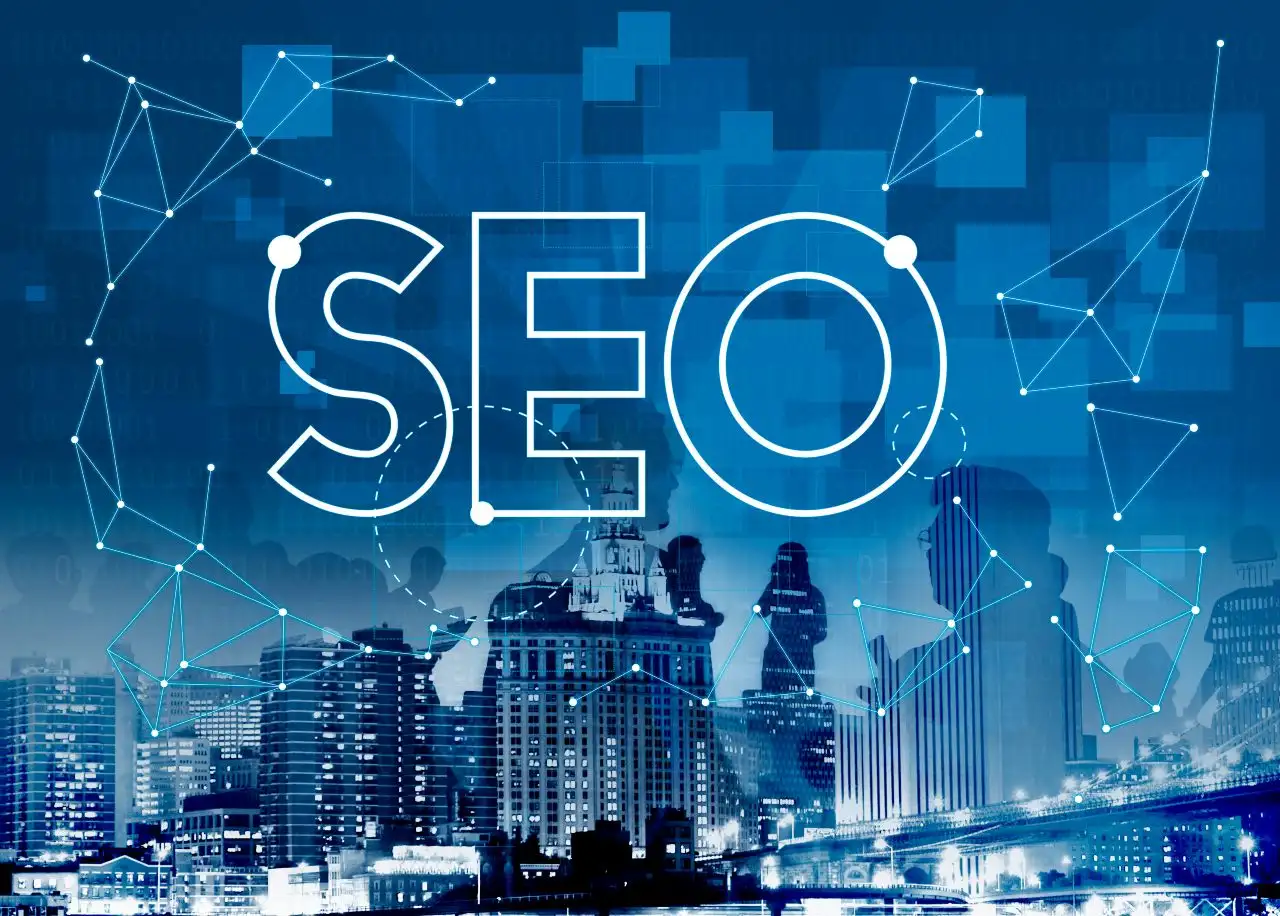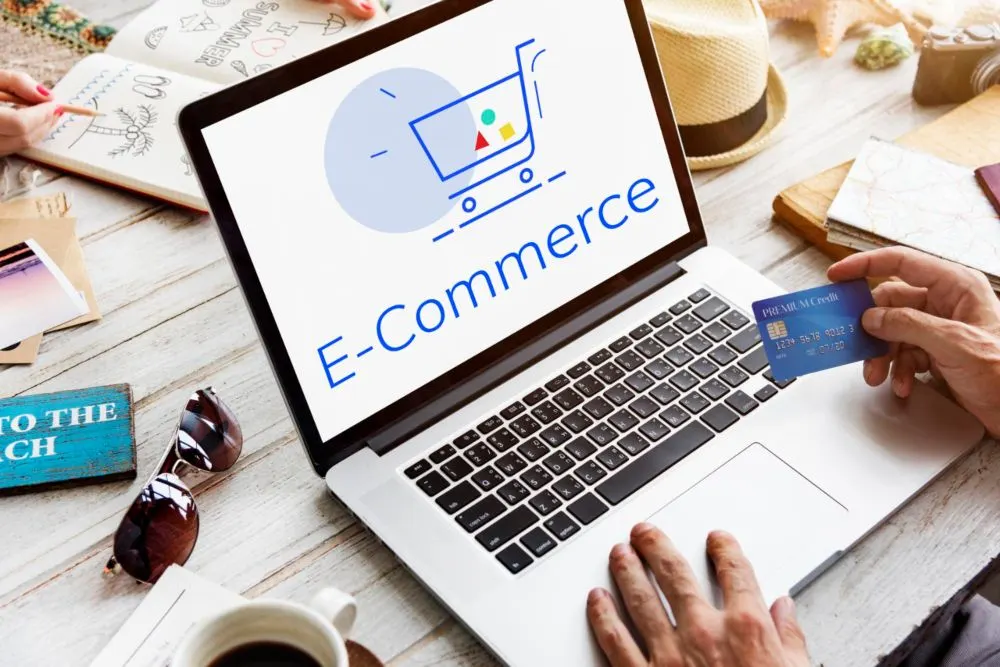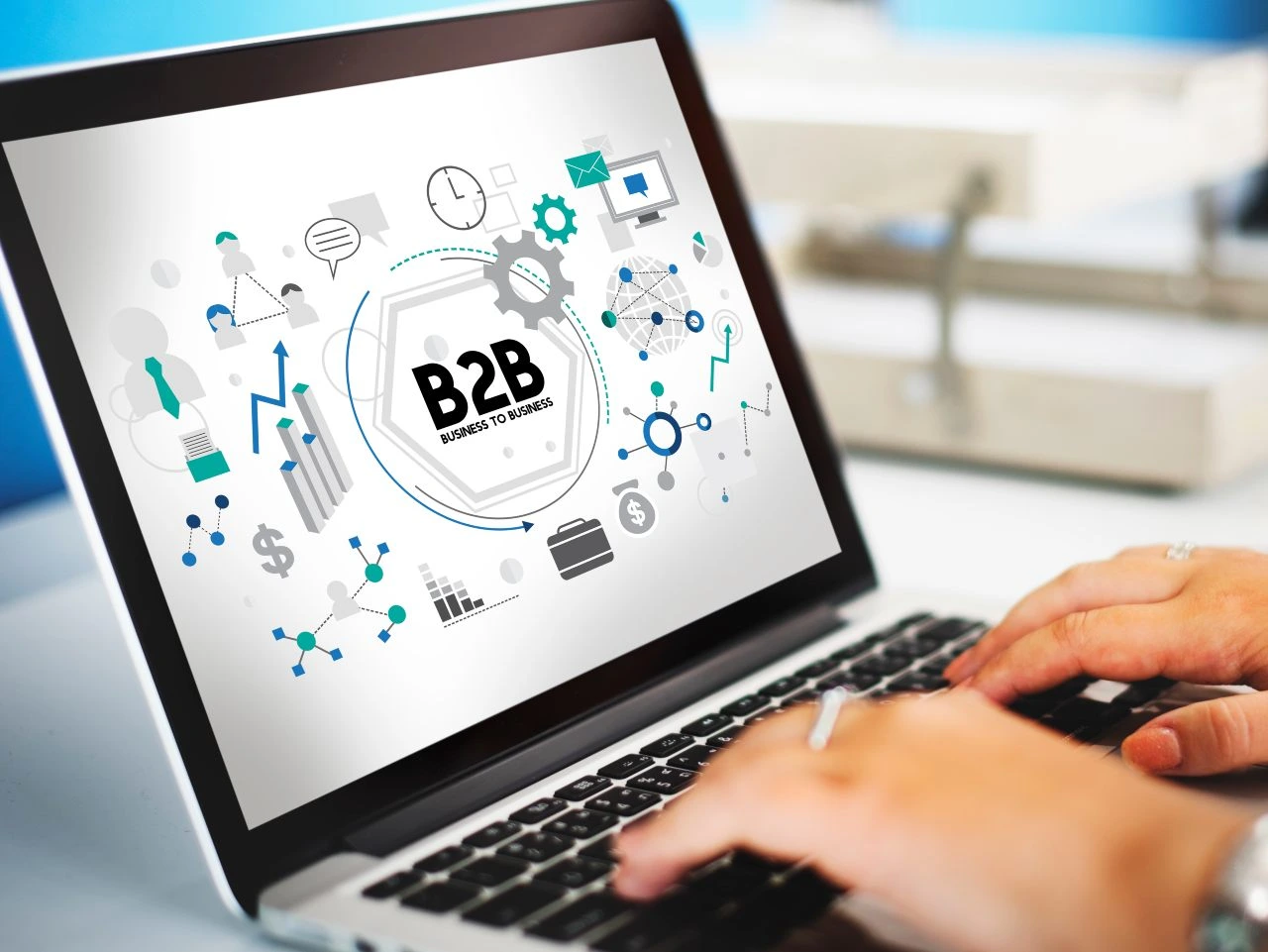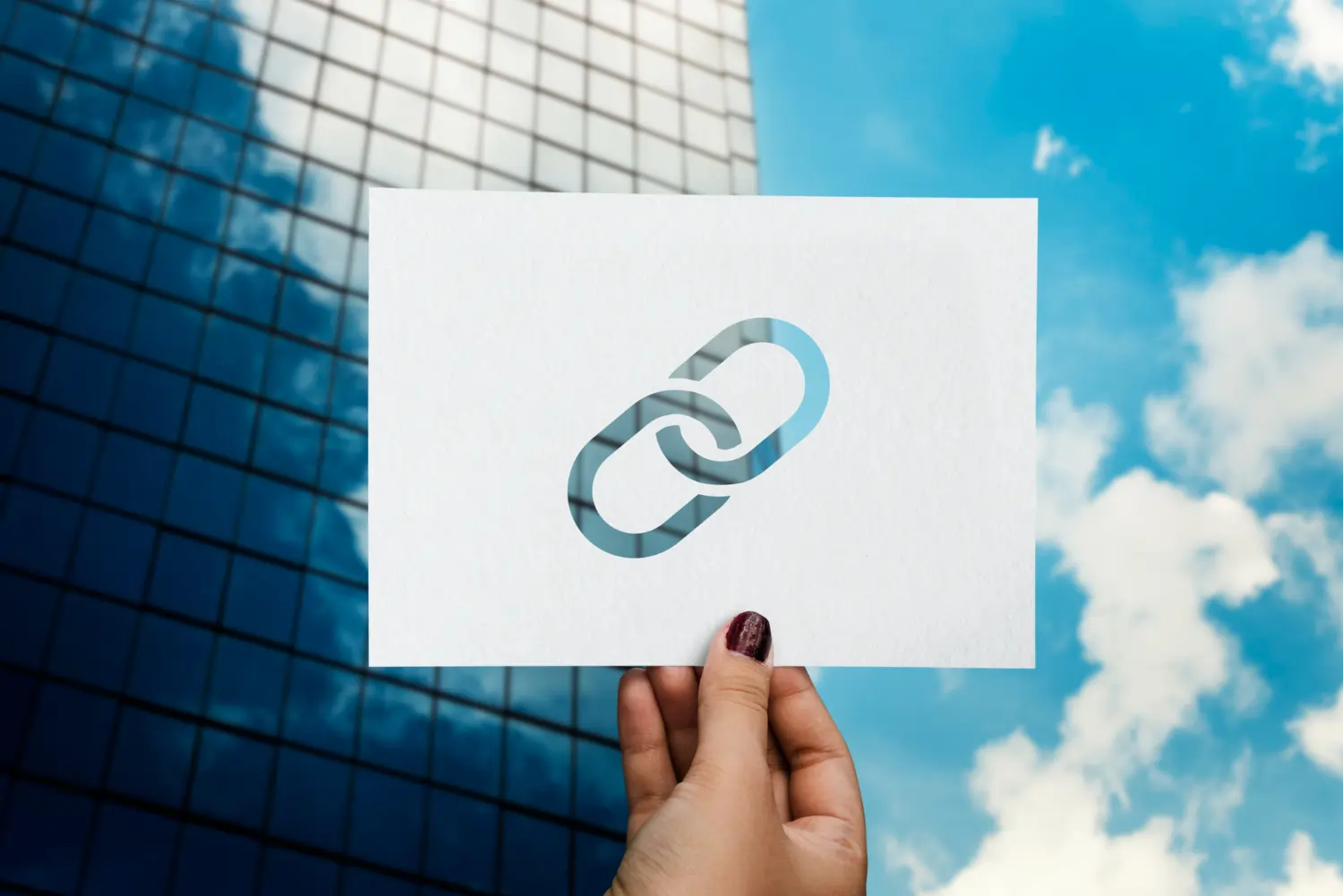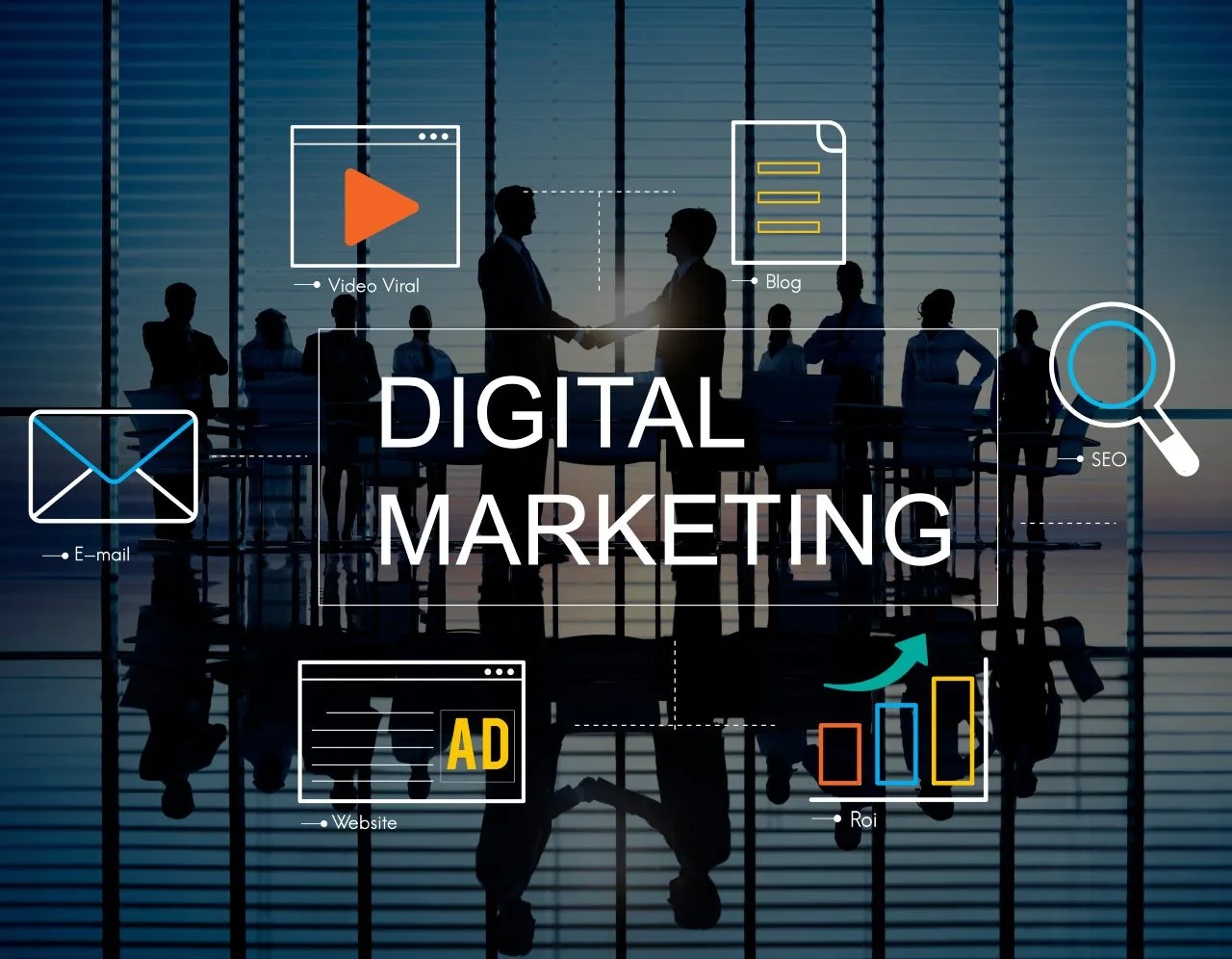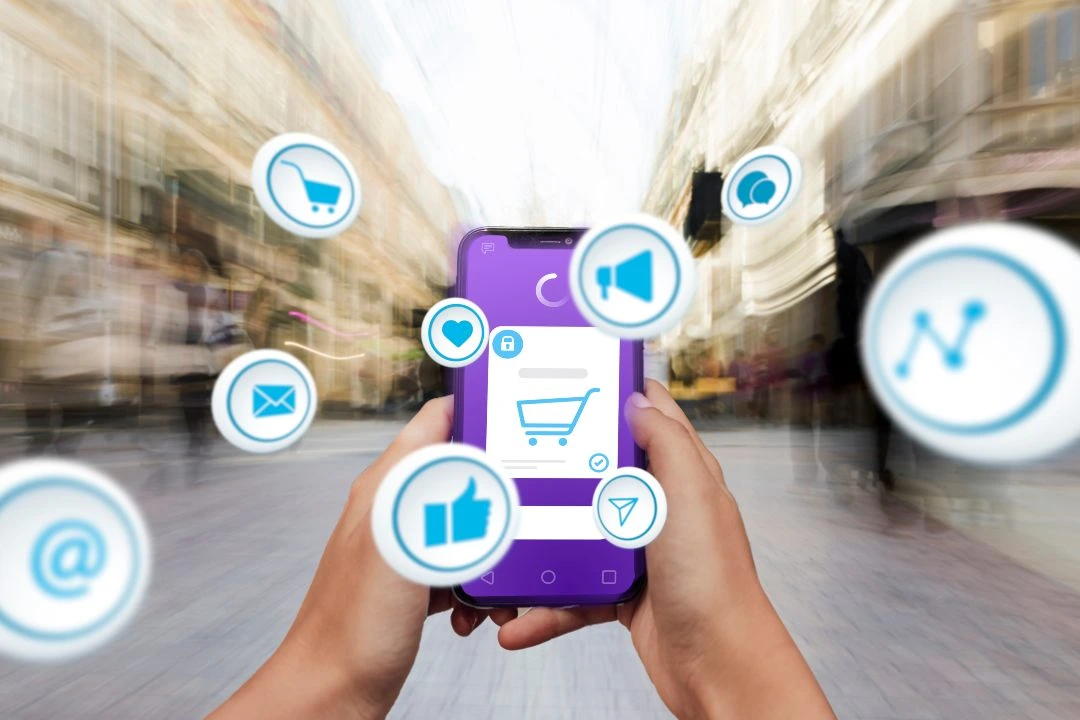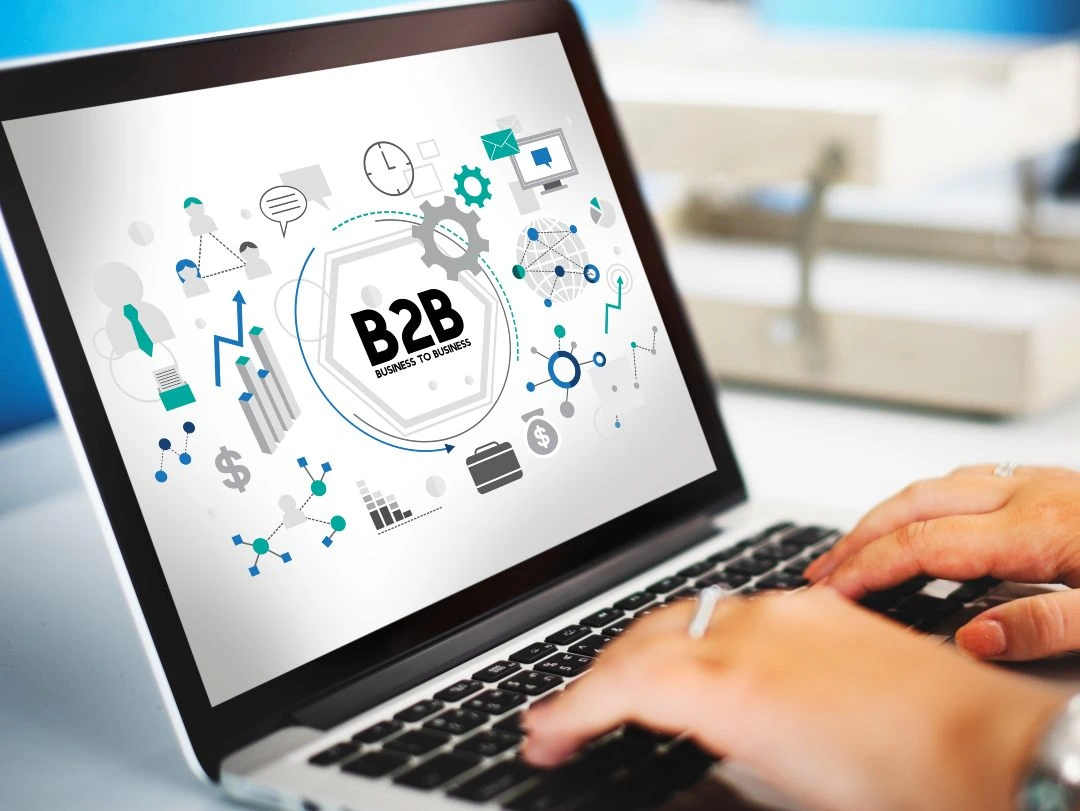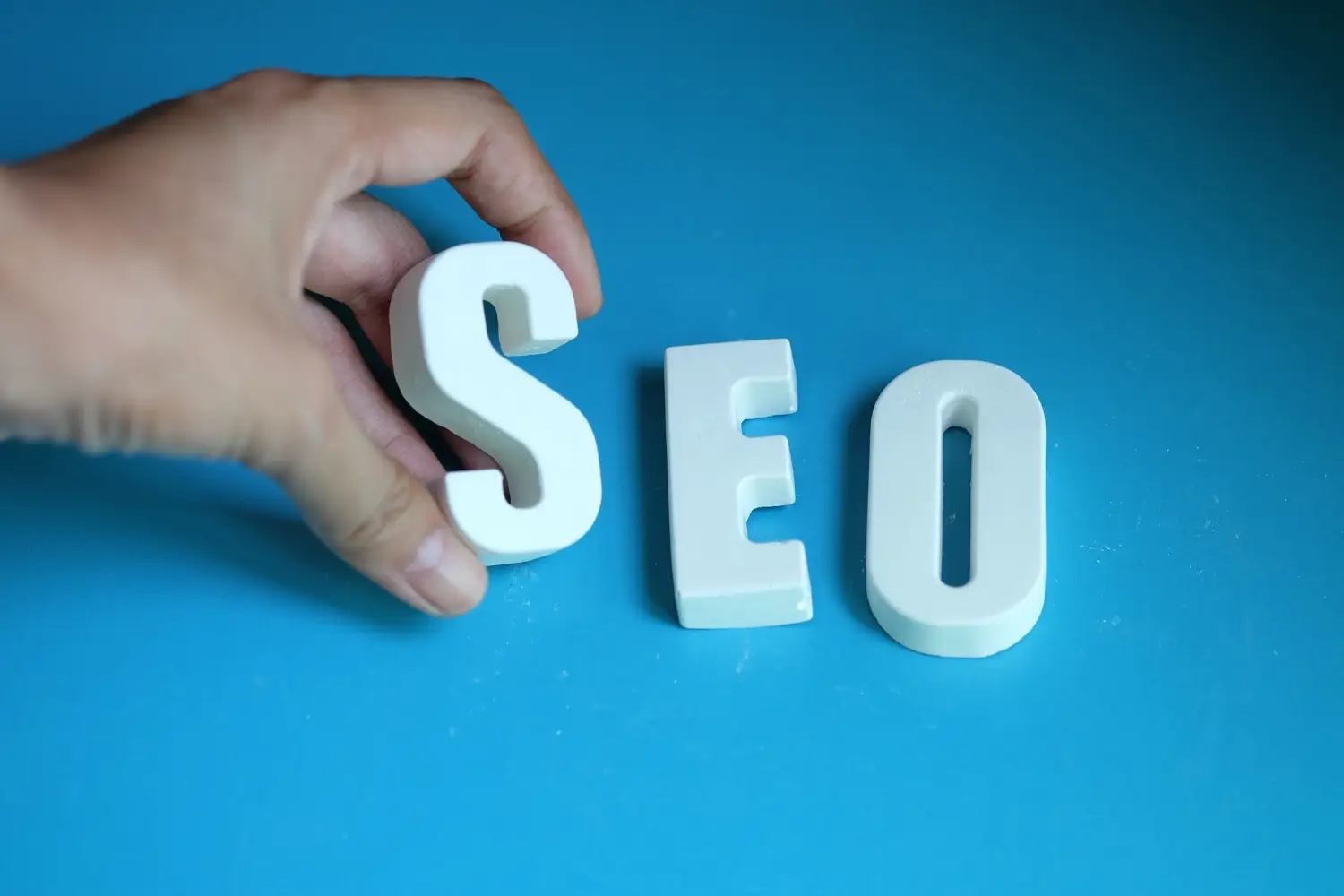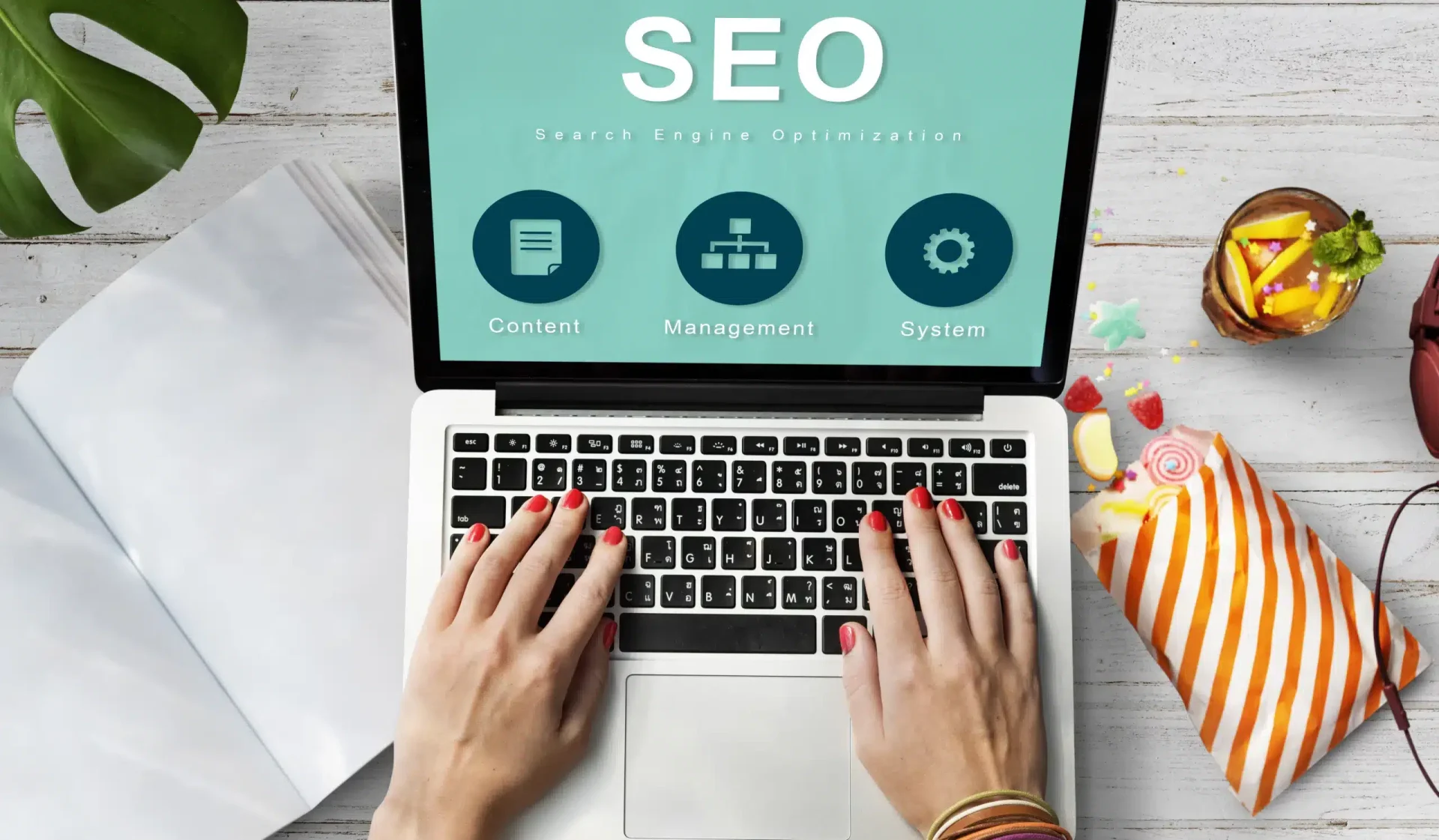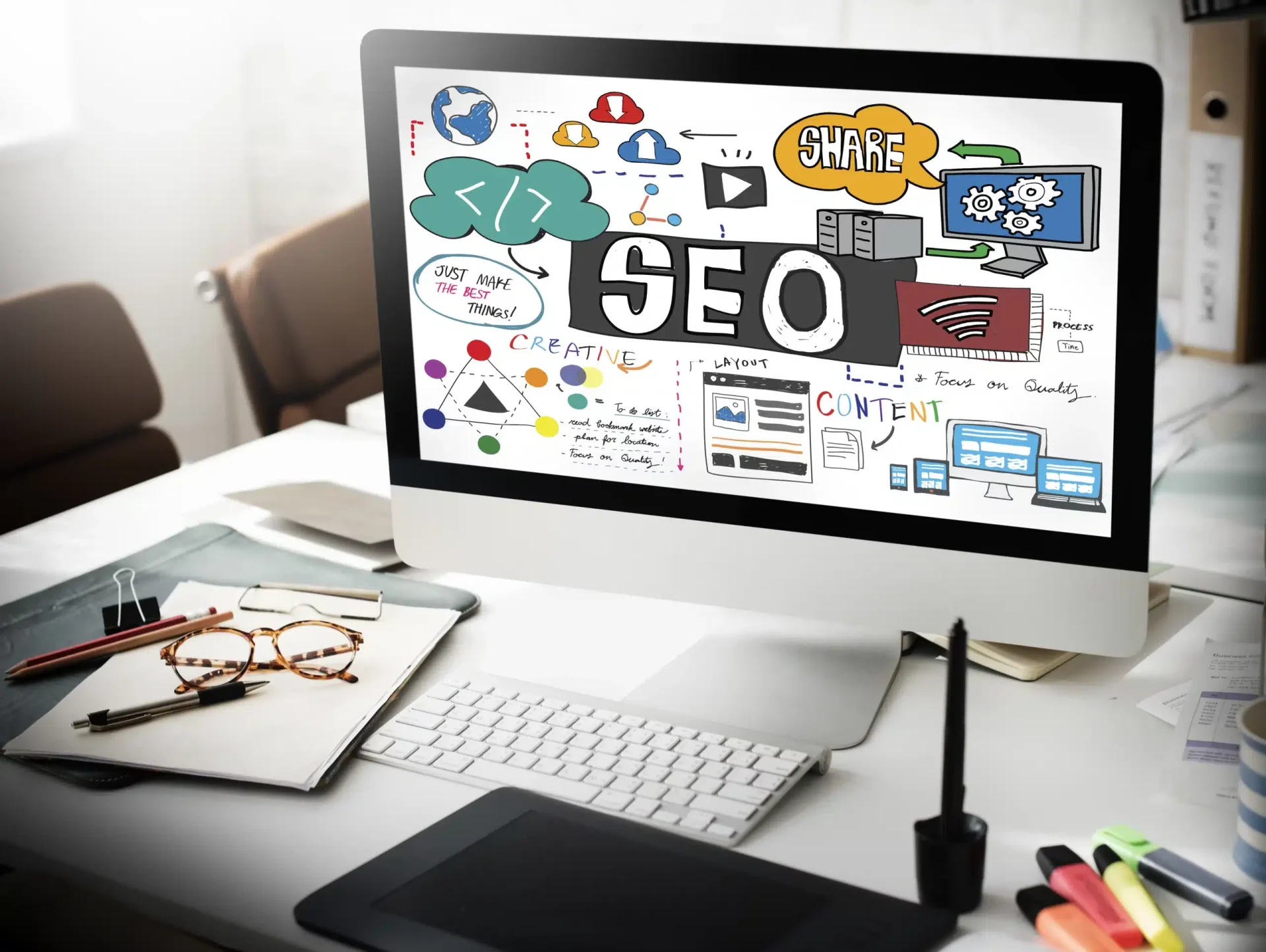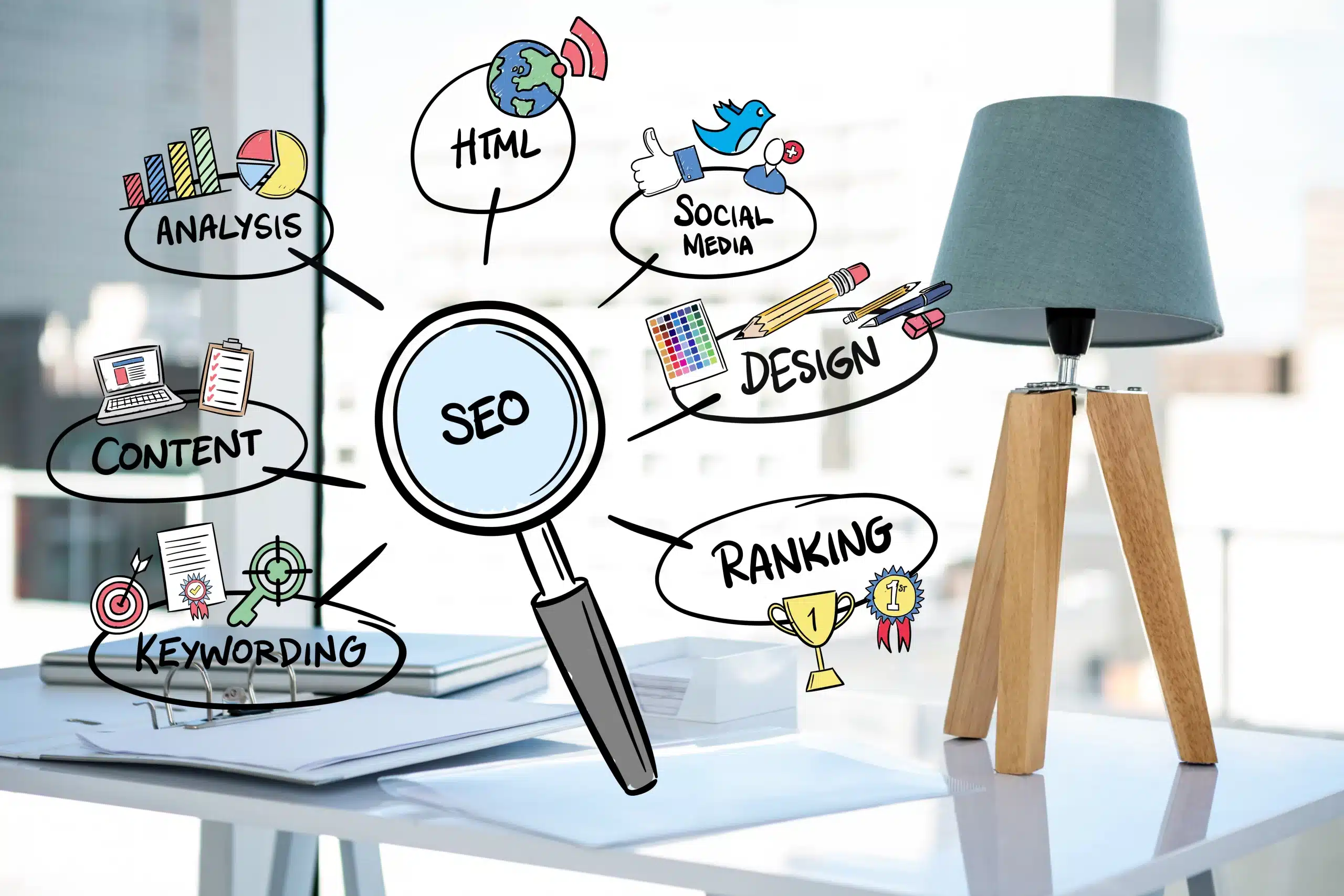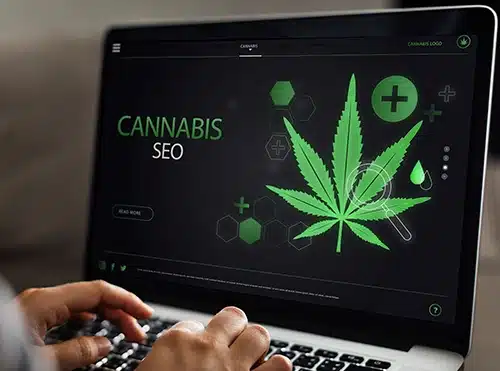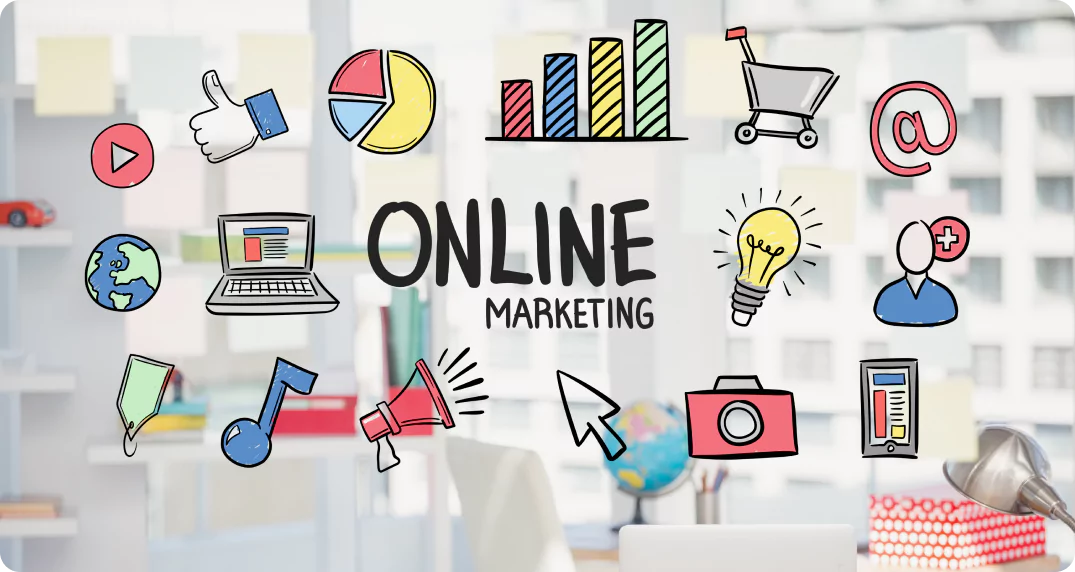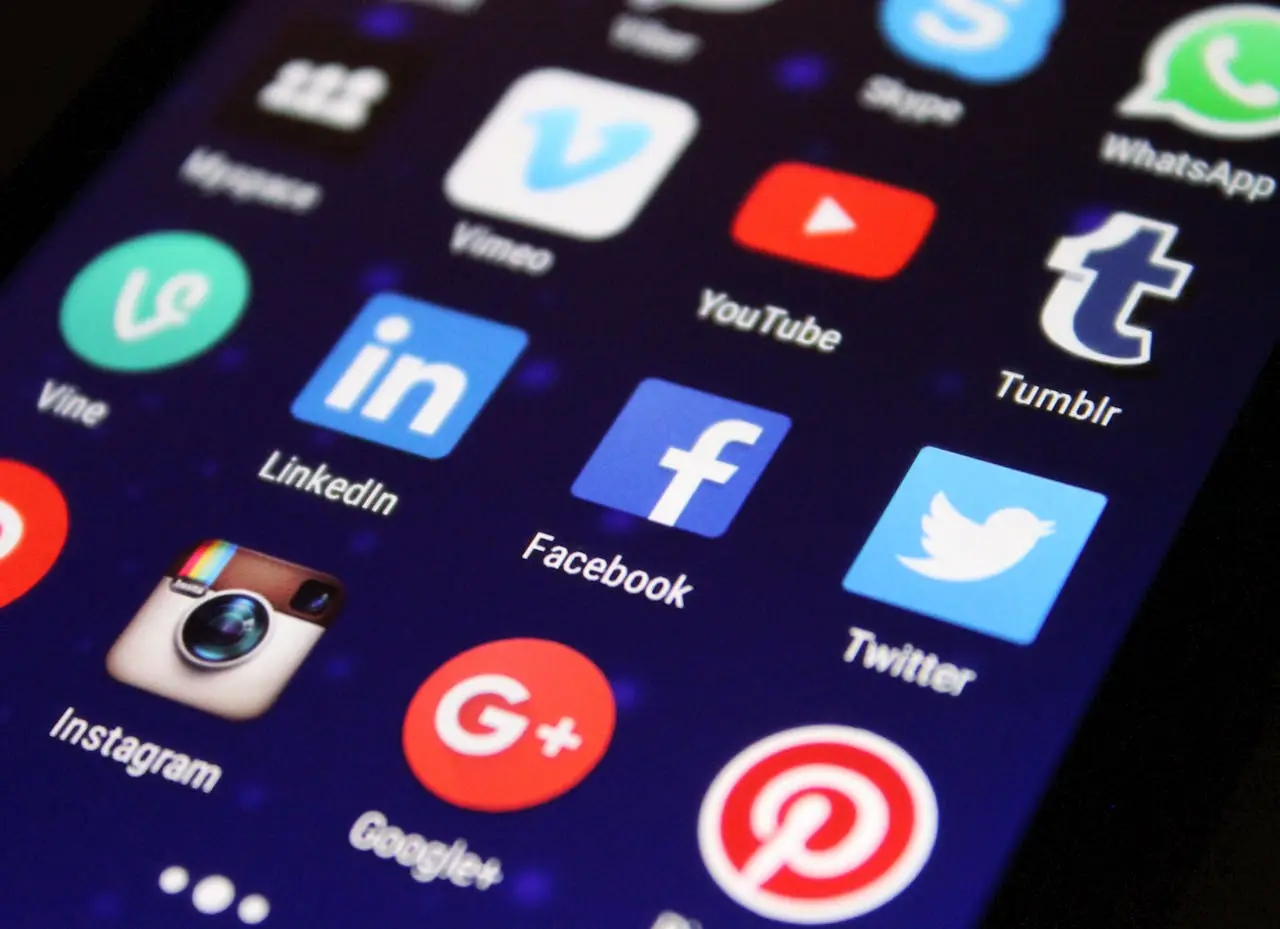Listen to article
Are you ready to elevate your email marketing game? With the digital landscape constantly evolving, staying informed about the latest trends and benchmarks is crucial. This means understanding the most recent email marketing statistics, and adapting your strategies accordingly.
Email marketing in 2025 is not just about sending messages; it’s about crafting personalized experiences, leveraging AI, and delivering real value to your audience. From automation and personalization to ROI and user engagement, the numbers tell a story of opportunity and growth.
In this article, we’ll explore the most compelling email marketing statistics 2025 to help you optimize your campaigns, enhance customer engagement, and drive revenue growth. Let’s dive in!
How AI is Transforming Email Marketing Today

Source: Statista
Artificial intelligence (AI) is no longer an emerging trend—it’s a driving force reshaping the way marketers approach email campaigns. From automating repetitive tasks to crafting hyper-personalized content, AI offers tools that not only save time but also deliver more impactful results. As email inboxes grow crowded, brands using AI to create relevant and timely messages are gaining a critical advantage in capturing and retaining audience attention.
- An impressive 95% of marketers who use generative AI for email creation find it effective, with 54% rating it as “very effective.” Source
- Approximately 34% of marketers are already leveraging generative AI specifically for writing email copy. Source
- Looking ahead, the market value of AI in marketing is projected to exceed $107.5 billion by 2028. Source
- AI’s potential to boost productivity (76%) and improve customer engagement (52%) are key drivers for its adoption among marketers. Source
Key Takeaway
AI isn’t just about efficiency—it’s about elevating the entire email marketing experience. By using AI to analyze customer data, predict behaviors, and generate tailored messaging, marketers can focus on strategy and creativity while relying on technology to fill in the gaps. Whether you’re a beginner in AI-powered tools or already incorporating them into your workflow, now is the perfect time to embrace their potential to outpace competitors and meet heightened consumer expectations.
Pro Tip:
Try starting small with AI integrations by focusing on tools that support specific goals like improving open rates or personalizing subject lines. Platforms like Jasper, Phrasee, or ChatGPT can be used to generate conversion-driven email copy or analyze engagement patterns, giving you actionable insights to refine your strategy.
How AI Is Shaping the Future of Email Marketing: A Look at the Numbers
In a landscape where email marketing remains one of the most profitable channels, artificial intelligence is redefining what’s possible. From hyper-personalization to automation that saves hours of repetitive work, AI offers marketers new ways to connect with their audiences while optimizing efficiency. These advancements aren’t just about improving workflows—they’re about staying ahead in a competitive market where customer expectations for relevance and speed are higher than ever.
- 64% of marketers are already using AI for content creation, demonstrating how indispensable the technology has become for crafting engaging campaigns. Source
- Over 50% of marketers plan to boost their investment in AI tools for email marketing in the next year, underscoring the technology’s growing influence. Source
- 25% of marketers are leveraging AI to gain deeper insights about their target audience, paving the way for smarter segmentation strategies. Source
- The global chatbot market is expected to grow from $5.4 billion in 2023 to $15.5 billion by 2028, highlighting the increasing role of AI-powered customer interactions. Source
- Consumers, too, are embracing AI, with 73% believing it will improve customer service and expecting more AI-driven interactions in their daily lives. Source
- 35% of marketers are using AI to enhance their social media and content strategies—an indicator of AI’s broad applications across marketing channels. Source
- 57% of U.S.-based B2B marketers have integrated AI-enabled chatbots into their demand generation programs, helping them better understand and engage their audience. Source
- Among those using chatbots, 26% have reported a 10-20% increase in lead generation volumes. Source
- B2B companies are tapping into AI for various tasks, including product recommendations (67%), pricing optimization and customer segmentation (42%), chatbots and virtual assistants (46%), and product categorization (33%). Source
- Generative AI is gaining traction, with over half (57%) of B2B companies using it to accelerate content production. Source
- 41% of marketers use generative AI specifically to develop more creative campaigns, while 35% see it as a way to gain a competitive edge in their industry. Source
Key Takeaway
The numbers make one thing clear: AI isn’t just a nice-to-have in email marketing—it’s becoming a competitive requirement. Whether it’s automating mundane tasks, building sophisticated customer profiles, or generating creative campaigns, the strategic use of AI enables businesses to create more impactful and personalized email campaigns while saving valuable resources. For B2B marketers, leveraging AI to optimize lead generation, refine targeting, and reduce manual workload means focusing on higher-value activities that can truly drive growth.
Pro Tip:
When integrating AI into your email marketing strategy, focus on creating customer-centered experiences. Use AI to analyze behavioral data and deliver personalized messaging that anticipates your audience’s needs instead of merely reacting to them. Additionally, invest in tools capable of A/B testing AI-generated content to fine-tune your messaging for better engagement and conversions.
For businesses looking to streamline their marketing efforts further, outsourcing email marketing can be a game-changer. By partnering with experts who understand how to leverage AI effectively, companies can elevate their digital strategies, boost efficiency, and focus on core business growth.
The Unstoppable Growth and ROI of Email Marketing
Despite the ever-changing digital landscape, email marketing remains an undeniable powerhouse for businesses. With its remarkable ROI and promising growth projections, email continues to outperform many newer channels in both revenue generation and audience engagement. The growing reliance on email marketing signals not just its effectiveness but also its ability to adapt and thrive in an increasingly saturated marketing ecosystem.
- The global email marketing market is projected to reach $17.9 billion by 2027, a massive leap from $7.5 billion in 2020. Source
- Email marketing revenue is expected to climb to $9.5 billion in 2024 and escalate further to $18.9 billion by 2028. Source
- Marketers enjoy an outstanding average ROI of 36x, meaning every $1 spent returns $36 on average. Source
- An impressive 87% of marketing leaders consider email marketing a core component of their company’s success. Source
- Global email marketing revenue has steadily grown from $7.5 billion in 2020 and is expected to reach $13.69 billion by 2025. Source
Key Takeaway
These numbers make one thing abundantly clear: email marketing is not just surviving—it’s thriving. What sets this channel apart is its unique ability to deliver results consistently, whether you’re nurturing leads, driving sales, or fostering customer loyalty. With increasingly sophisticated personalization tools and automation options available, businesses can now leverage email to create highly curated customer experiences at scale. But to truly stay ahead, brands must focus on data-driven strategies and subscriber engagement.
Pro Tip:
In 2024 and beyond, the key to email success lies in blending automation with a human touch. Utilize AI tools to analyze audience behavior and preferences, but prioritize authentic messaging that resonates with your readers. Above all, test rigorously—subject lines, timing, and CTAs—to refine your campaigns for maximum impact.
ROI of Email Marketing
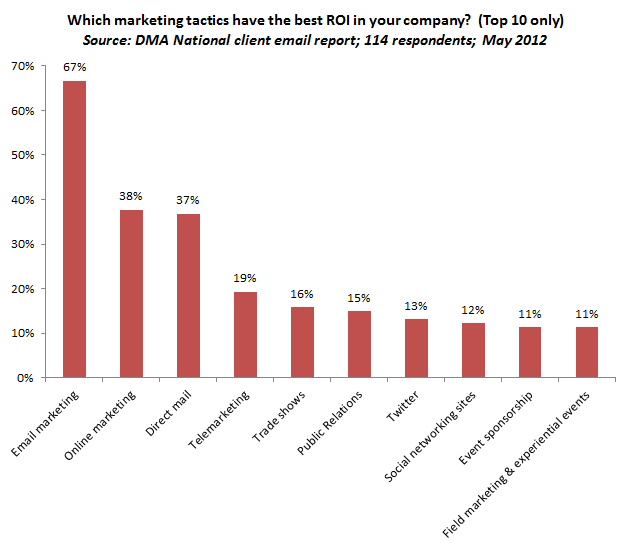
Source: Smart Insights
When it comes to high-impact marketing strategies, email marketing continues to reign supreme. Its ability to deliver exceptional ROI, drive customer engagement, and outperform other channels makes it an irreplaceable tool for businesses of all sizes. What sets email apart is its directness and high personalization potential, which resonates with consumers in ways other channels often cannot.
- 73% of company respondents and 75% of agency respondents rate email marketing as an excellent digital marketing channel for ROI. Source
- Consumers spend 128% more when shopping via email than through other channels. Source
- 44% of marketing professionals consider email the most effective channel, surpassing social media and paid search, which both sit at 16%. Source
- Email marketing consistently outperforms other strategies like SEO, mobile marketing, and content marketing in terms of ROI. Source
- The average ROI for email marketing stands at an extraordinary 4200%. Source
- 59% of marketers believe email is more than twice as effective as paid advertising for lead generation. Source
Key Takeaway
The numbers make one thing clear: email marketing isn’t just effective—it’s indispensable. While other channels, like social media or paid ads, play a role in your marketing mix, email consistently delivers unparalleled returns. The real magic lies in its ability to create a one-on-one connection with your audience while scaling effortlessly. For businesses looking to optimize resource allocation, investing in email campaigns offers both immediate and long-term benefits.
Pro Tip:
Maximize your email marketing success by implementing advanced segmentation and automation. Tools that analyze customer behaviors and preferences can help you deliver highly targeted content, ensuring your campaigns not only reach the right audience but also convert at a higher rate. Combine email insights with data from other channels to craft a truly unified, customer-focused strategy. To streamline these efforts, consider leveraging email marketing services that offer expertise and tools to optimize performance across every stage of the funnel.
Email Engagement Insights: What Drives User Interaction
Email remains a powerhouse in digital communication, but its true potential lies in understanding how users engage with it. From inbox habits to the subtle impact of subject line wording, user interactions provide a goldmine of strategic insights. As email marketing continues to evolve, staying informed about these behaviors can help brands not only stay relevant but also create experiences that users look forward to.
- 60% of consumers prefer to be contacted by brands through email. Source
- 88% of email users check their inbox multiple times a day, and 27% check as many as 10-20 times a day. Source
- Nearly half (47%) of recipients decide to open an email based on the subject line alone. Source
- Including the word “newsletter” in a subject line can have a negative impact, with 18.7% of people less likely to engage due to it. Source
- The global email user base is projected to grow from 4 billion in 2020 to 4.6 billion by 2025. Source
Key Takeaway
As email usage continues to expand globally, competition for inbox attention is fiercer than ever. These trends underscore that personalization and precision are no longer optional—they’re essential. From crafting irresistible subject lines to respecting user preferences for frequency and content, efficient email marketing isn’t about sending more; it’s about sending better. Brands that embrace data-driven optimization and user-centric approaches will not only survive but thrive in a crowded digital landscape.
Pro Tip:
Go beyond A/B testing by incorporating behavioral data into your email strategies. Leverage automation tools to segment your audience, track engagement patterns, and deliver content that aligns with individual user needs for stronger connections and higher digital marketing ROI.
Data and Automation in Email Marketing
In a world where inboxes are crowded and attention spans are shrinking, data and automation have become the cornerstone of email marketing success. By leveraging these tools, marketers can deliver highly targeted campaigns, maximize lead generation, and improve customer experiences. Yet, businesses often underestimate the potential of data-driven strategies despite their ability to transform engagement and ROI. Let’s explore some eye-opening statistics that shed light on the impact of data and automation in email marketing.
- Email automation can generate 20% more leads compared to non-automated emails. Source
- Marketing automation enhances the customer experience by delivering personalized content, increasing engagement, saving time, and improving cost-effectiveness. Source
- A significant 87% of marketers believe that data is the most underutilized asset in their company. Source
- 44% of businesses lack a clear understanding of their marketing’s impact, highlighting the need for improved marketing metrics. Source
Key Takeaway
The disconnect between available data and its application presents both a challenge and an opportunity for marketers. Those who successfully tap into automation and data insights can turn their email campaigns into powerful tools for building relationships and driving conversions. For example, email automation not only boosts lead generation by 20%, but it also allows marketers to deliver timely, personalized content at scale—something that manual processes can’t achieve.
Pro Tip:
To create impactful email campaigns, start small by automating simple workflows, such as welcome sequences or abandoned cart emails. Then, combine automation with audience segmentation and A/B testing to refine your approach. Use tools like HubSpot, Marketo, or ActiveCampaign to track key performance metrics, ensuring you’re making data-backed decisions that truly resonate with your subscribers.
Email Marketing’s Strategic Edge in B2B: Why Newsletters Still Reign Supreme

Source: Mailmunch
In the fast-paced and results-driven world of B2B marketing, email continues to claim its spot as an unrivaled tool for driving engagement, nurturing leads, and distributing content effectively. Unlike fleeting trends on social media or algorithm-dependent outreach methods, email delivers a direct, uninterrupted line to your prospects. This isn’t just a theory—data consistently backs up its dominance and reliability.
Consider these industry statistics that emphasize the power of email in the B2B space:
- A striking 81% of B2B marketers rely on email newsletters as their top strategy for content marketing. Source
- Nearly 79% of B2B marketing agencies and companies rate email as their most successful channel for distributing content in 2023. Source
- Half of US B2B marketers surveyed by eMarketer stated that email marketing is the most impactful element of their multichannel strategies. Source
- Email newsletters are flagged as a key content marketing tactic by 73% of marketers. Source
- Additionally, 77% of B2B buyers still prefer email as their go-to communication channel when interacting with businesses. Source
Key Takeaway
The stats make one thing clear: email marketing isn’t just surviving—it’s thriving as a cornerstone of B2B outreach. But what sets email apart is its ability to balance personalization with scale, earning the trust and attention of decision-makers. For businesses navigating the complexities of B2B sales cycles, email newsletters provide not just engagement but consistency, building familiarity and authority over time. However, companies that want to maintain a competitive edge must go beyond just “showing up” in inboxes. High-value email campaigns that are well-crafted, targeted, and actionable will always outperform generic, one-size-fits-all messaging.
Pro Tip:
Segment your audience based on their roles, industries, or past interaction behaviors to send tailored content that speaks directly to their needs. Tools like HubSpot and Mailchimp can help you refine your segmentation and elevate your email’s relevance, driving better open and conversion rates.
Leveraging Social Proof to Build Trust and Drive Decisions
In the highly competitive B2B landscape, trust is often the deciding factor that tips the scale between you and your competitors. This is where social proof—such as testimonials and case studies—becomes indispensable. Buyers are more inclined to engage with brands that can back their claims with real-world success stories, making social proof a strategic advantage rather than a mere add-on.
- Demand Generation’s 2024 B2B Buyer Behavior Benchmark Survey highlights that 33% of buyers place heavy reliance on peer recommendations and reviews when evaluating purchasing decisions. Source
Key Takeaway
The takeaway here? Showing is better than telling. When you bring customer success stories to the forefront, you’re not just promoting your product—you’re demonstrating measurable value that resonates deeply with decision-makers.
Pro Tip:
Don’t stop at collecting testimonials—tell a story. Structure case studies in a way that identifies a problem, demonstrates how your solution addressed it, and quantifies the results. To amplify reach, share these stories across multiple channels, such as your website, email campaigns, and LinkedIn, where your B2B audience is already engaging.
Navigating the Realities of Prolonged B2B Sales Cycles
The B2B landscape is shifting, with sales cycles stretching longer than ever. This trend stems from increasing complexity in purchasing decisions, driven by the involvement of more stakeholders, tighter budgeting, and heightened scrutiny of ROI. For B2B marketers, this evolving dynamic demands patience, adaptability, and a deeper commitment to delivering value at every touchpoint. It’s no longer just about pitching products; it’s about becoming a trusted partner in your buyer’s decision-making process.
- According to Demand Generation’s 2024 B2B Buyer Behavior Benchmark Survey, 26% of B2B buyers are taking longer to reach decisions due to increased involvement of stakeholders. Source
- Budget freezes are delaying decisions for 34% of B2B buyers, reflecting a cautious approach to investments. Source
- Furthermore, 41% of B2B buyers are performing more exhaustive ROI analyses before committing to a purchase, elongating the sales process. Source
Key Takeaway
To successfully navigate this shift, marketers must move beyond traditional tactics and embrace a buyer-centric strategy that addresses the needs of multiple stakeholders. Empower decision-makers with data-driven insights, case studies, and thought leadership that not only answers their questions but builds confidence in your solution. Effective email campaigns can play a pivotal role here when designed to provide relevant information at each stage of the funnel, helping to build trust and maintain momentum.
Conclusion
Email marketing continues to prove its resilience and adaptability in a rapidly evolving digital landscape. From the transformative power of AI to the unmatched ROI that email campaigns deliver, the insights shared here highlight why this channel remains a cornerstone of modern marketing strategies. With 73% of consumers preferring email as their primary communication channel and businesses experiencing as much as a 4200% ROI, the data speaks for itself: email marketing is not just surviving—it’s thriving.
However, success in this arena requires more than just sending emails. It’s about leveraging the right tools, such as AI for personalization and automation, and crafting campaigns that align with user behaviors and preferences. The rise of generative AI and data-driven strategies has opened new doors for marketers to enhance efficiency while delivering hyper-personalized customer experiences. Whether you’re in B2C or B2B marketing, the future of email marketing lies in innovation, adaptability, and a relentless focus on value.
Ready to boost your traffic and grow your website? Your customers are looking for you, and our SEO services and email marketing services work together to boost your visibility on search engines and convert traffic into loyal customers. Let’s transform your email campaigns into a powerful growth engine, contact us now.
Pro Tip:
Recognize the extended timeline as an opportunity to deepen relationships. Develop nurture sequences that address the priorities of varied stakeholders—whether it’s ROI calculators for finance teams or implementation roadmaps for operations leaders. Use marketing automation platforms like Marketo or HubSpot to ensure timely, personalized follow-ups that keep your brand top of mind without overwhelming your prospects. For businesses looking to refine their overall approach to B2B sales and marketing, considering a robust B2B website strategy can provide the foundation for engaging and converting leads effectively.
Conclusion
Email marketing continues to prove its resilience and adaptability in a rapidly evolving digital landscape. From the transformative power of AI to the unmatched ROI that email campaigns deliver, the insights shared here highlight why this channel remains a cornerstone of modern marketing strategies. With 73% of consumers preferring email as their primary communication channel and businesses experiencing as much as a 4200% ROI, the data speaks for itself: email marketing is not just surviving—it’s thriving.
However, success in this arena requires more than just sending emails. It’s about leveraging the right tools, such as AI for personalization and automation, and crafting campaigns that align with user behaviors and preferences. The rise of generative AI and data-driven strategies has opened new doors for marketers to enhance efficiency while delivering hyper-personalized customer experiences. Whether you’re in B2C or B2B marketing, the future of email marketing lies in innovation, adaptability, and a relentless focus on value.
Ready to boost your traffic and grow your website? Your customers are looking for you, and our SEO services and email marketing services work together to boost your visibility on search engines and convert traffic into loyal customers. Let’s transform your email campaigns into a powerful growth engine, contact us now.
About Email Marketing Statistics That Show What Works Now (and What Doesn’t)
This guide was written by the Scopic Studios team and reviewed by Araksya Hakobjanyan, SEO Lead at Scopic Studios.
Scopic Studios delivers exceptional and engaging content rooted in our expertise across marketing and creative services. Our team of talented writers and digital experts excel in transforming intricate concepts into captivating narratives tailored for diverse industries. We’re passionate about crafting content that not only resonates but also drives value across all digital platforms.
Note: This feature blog’s image are sourced from Freepik.








